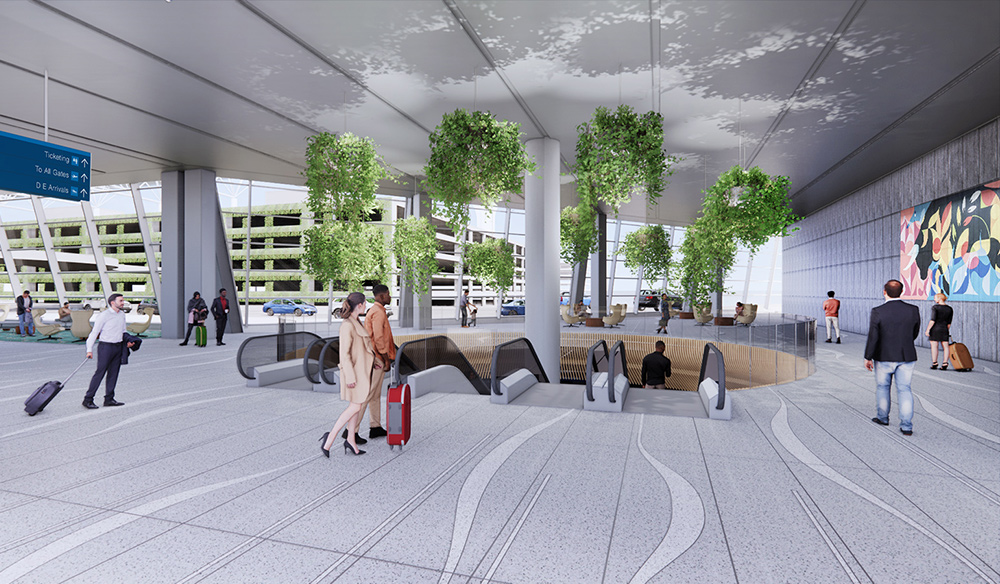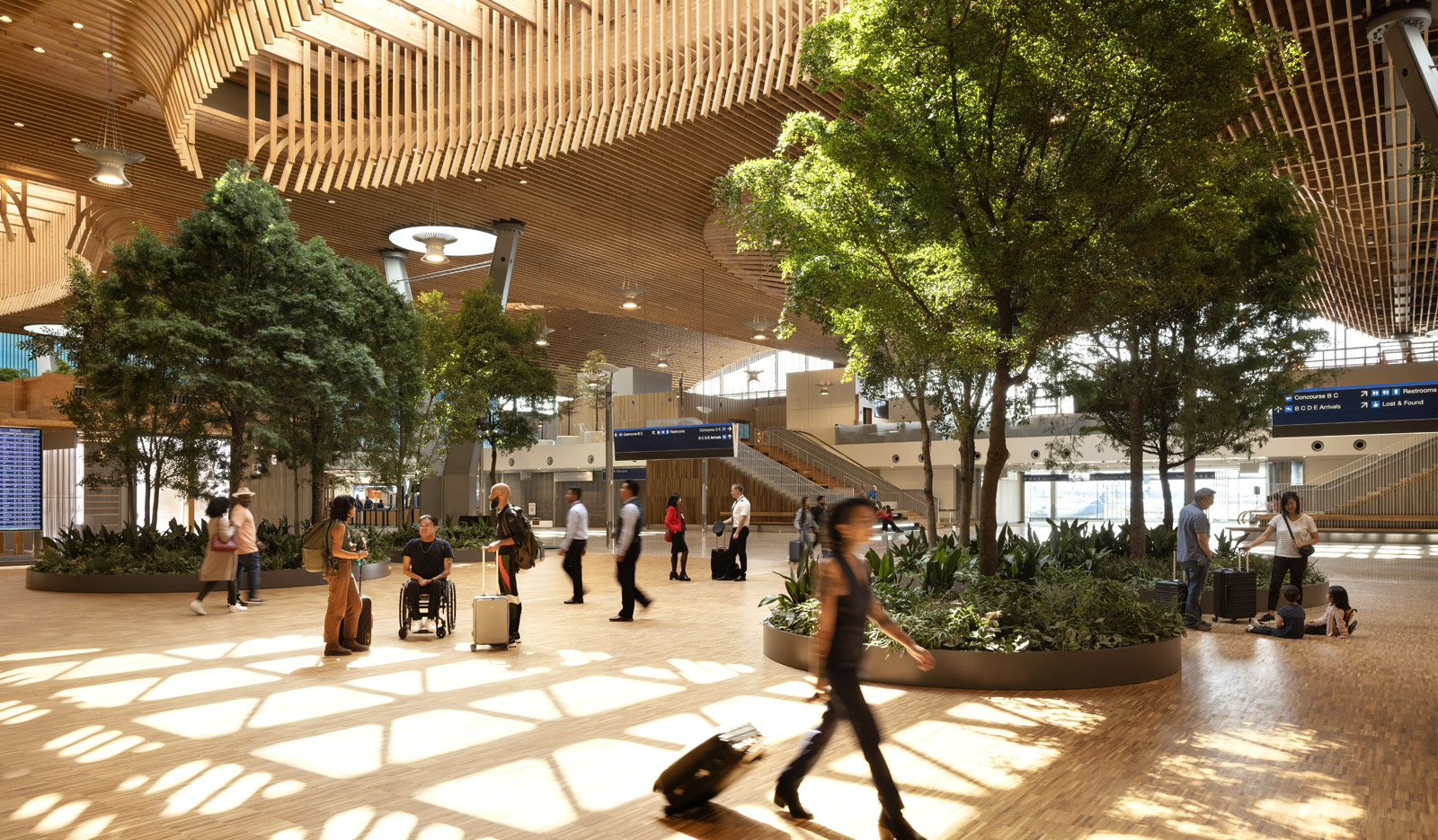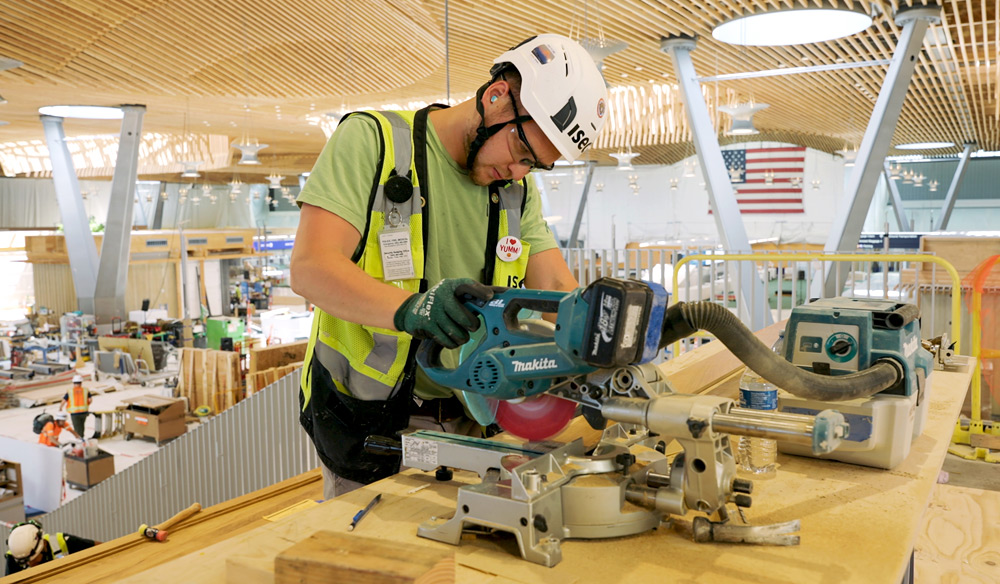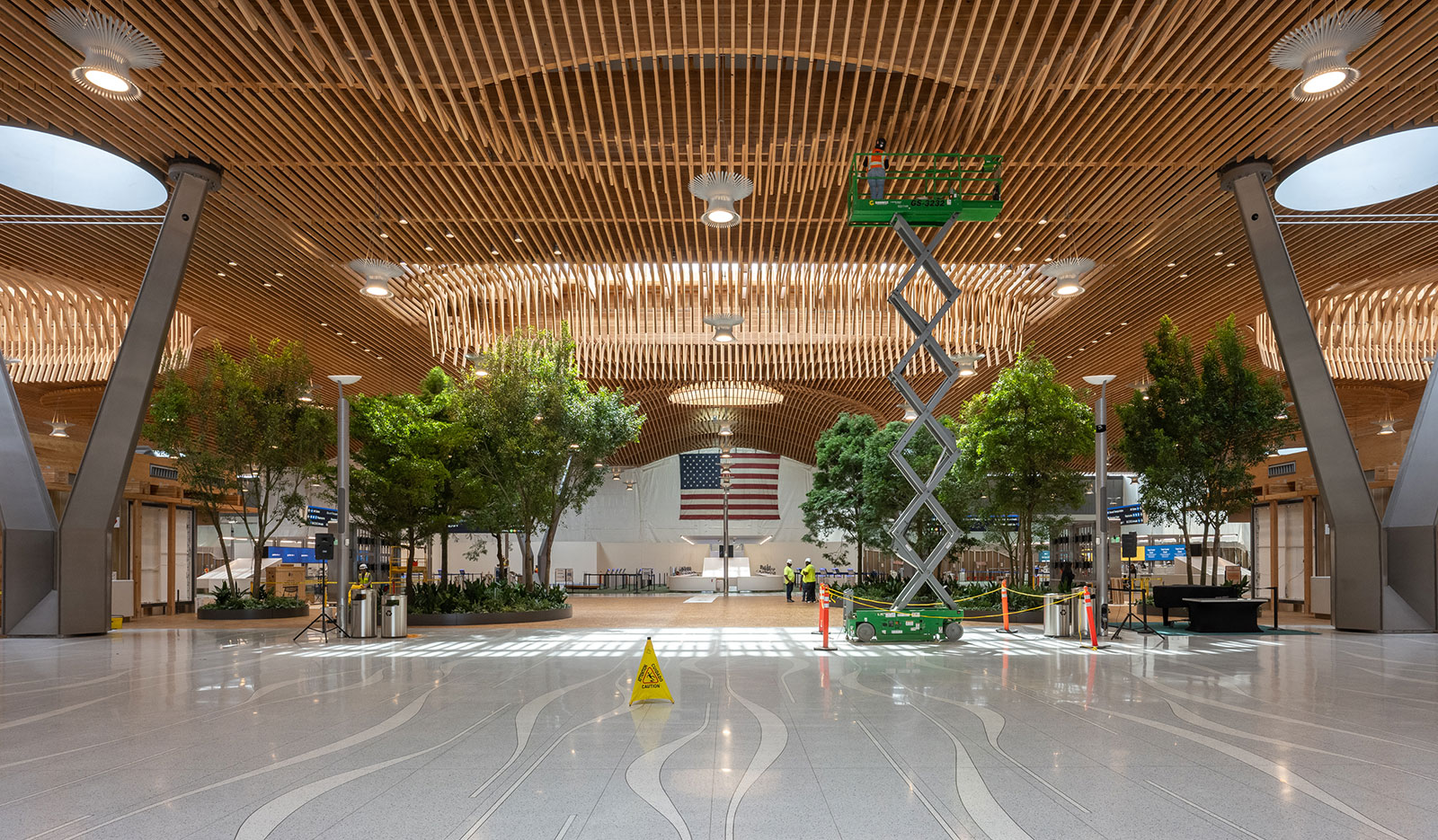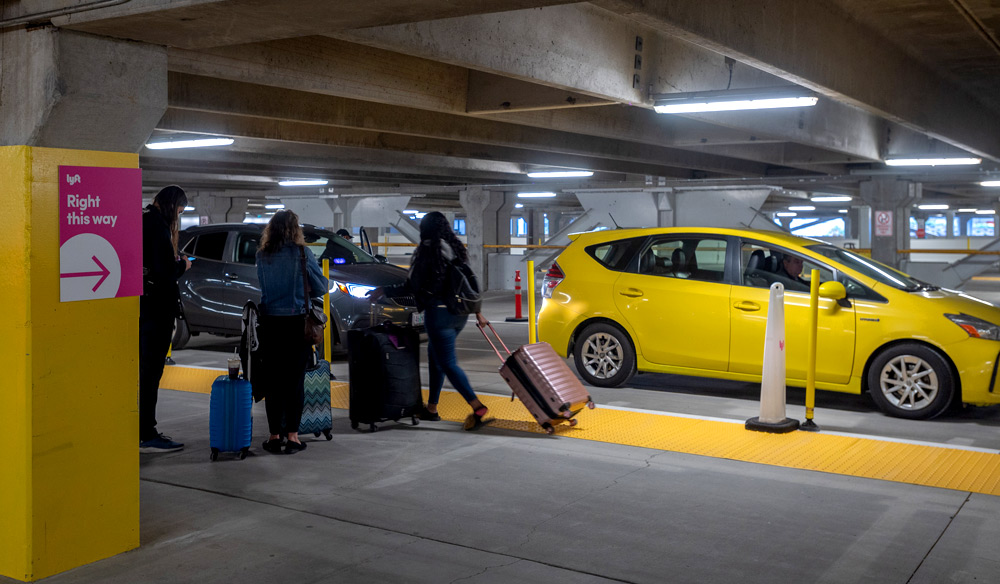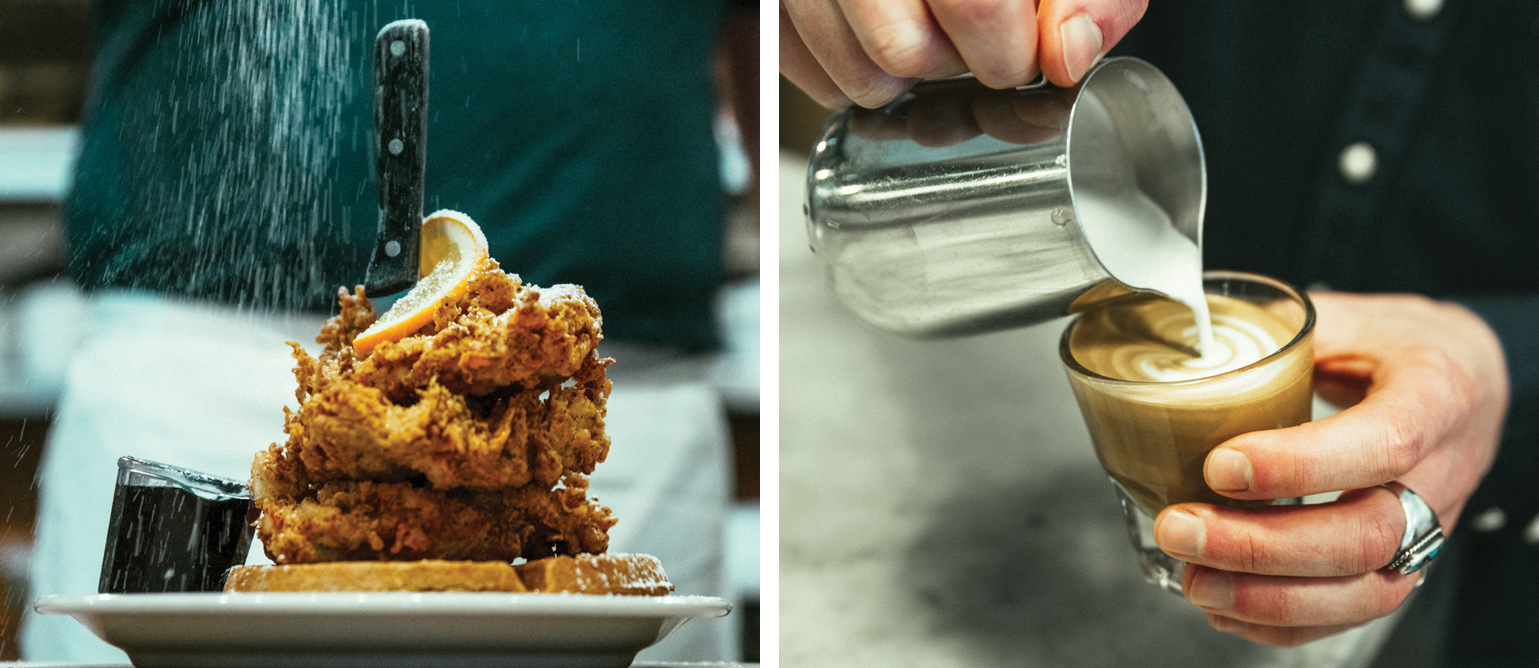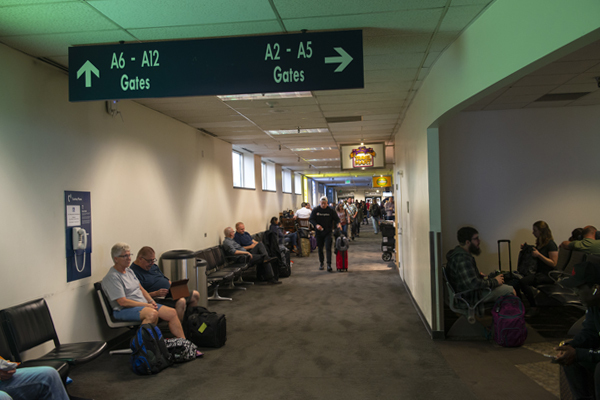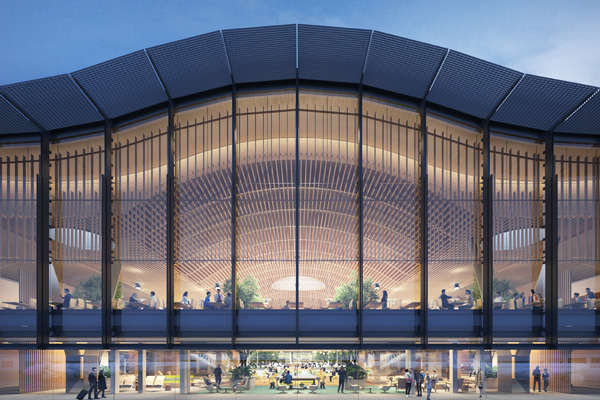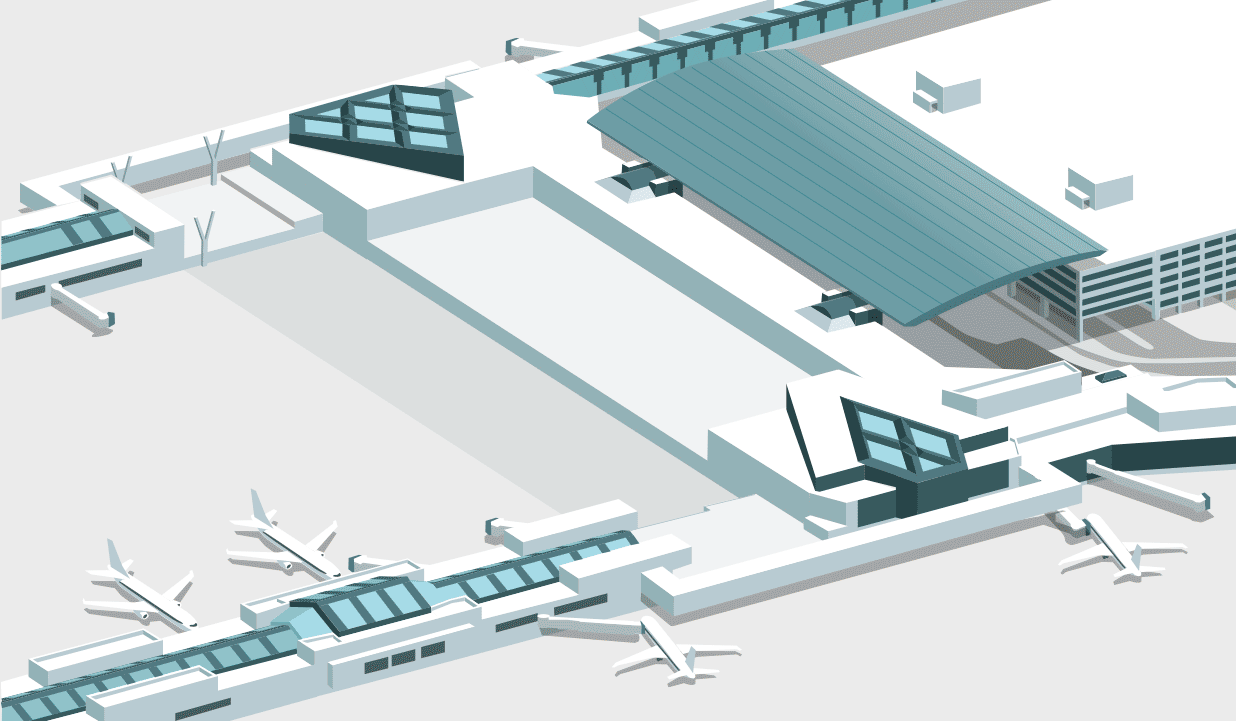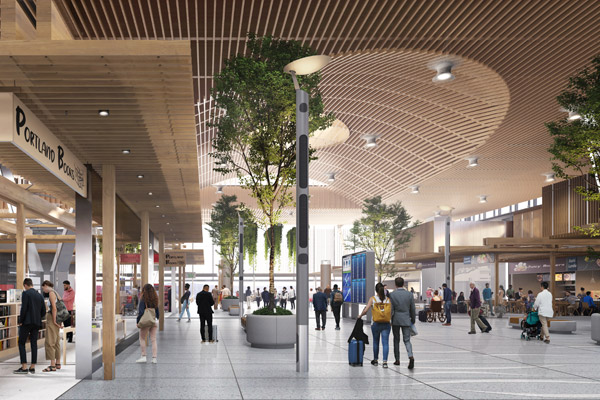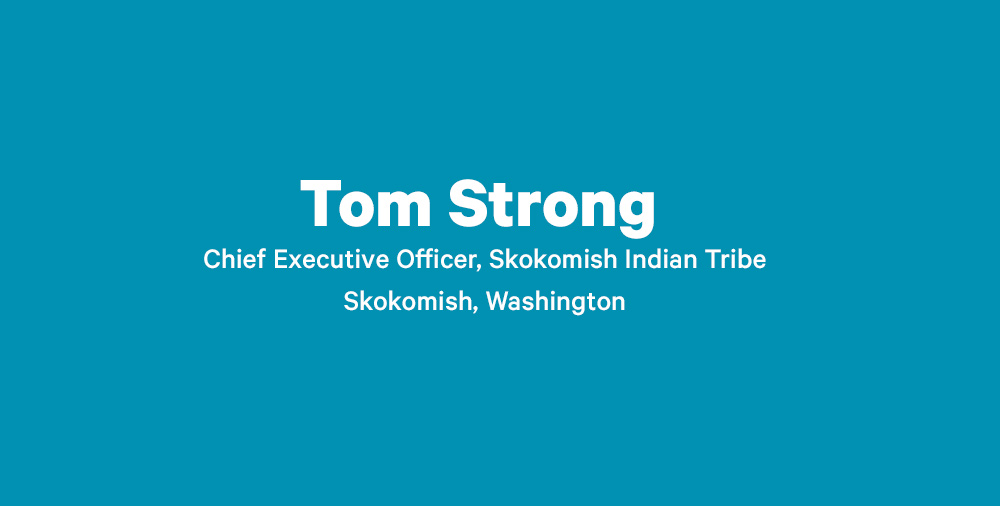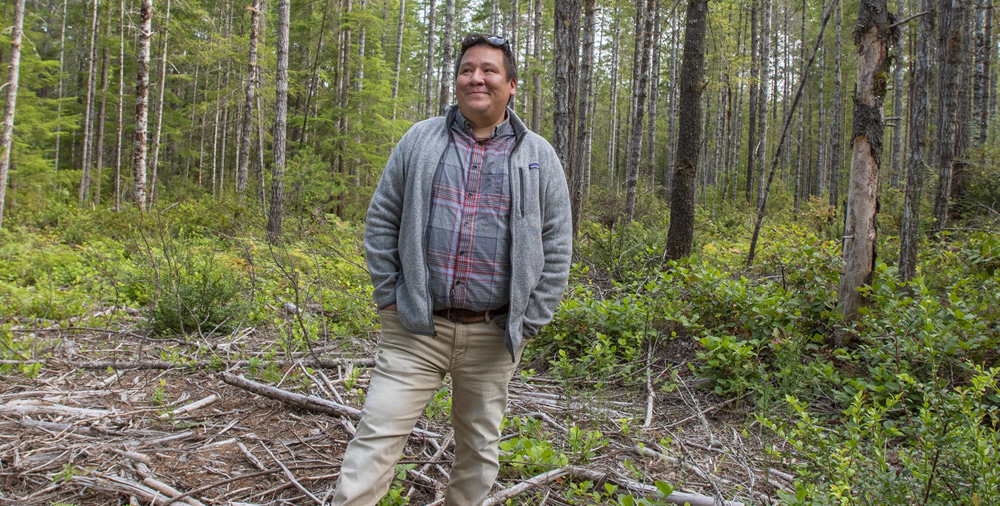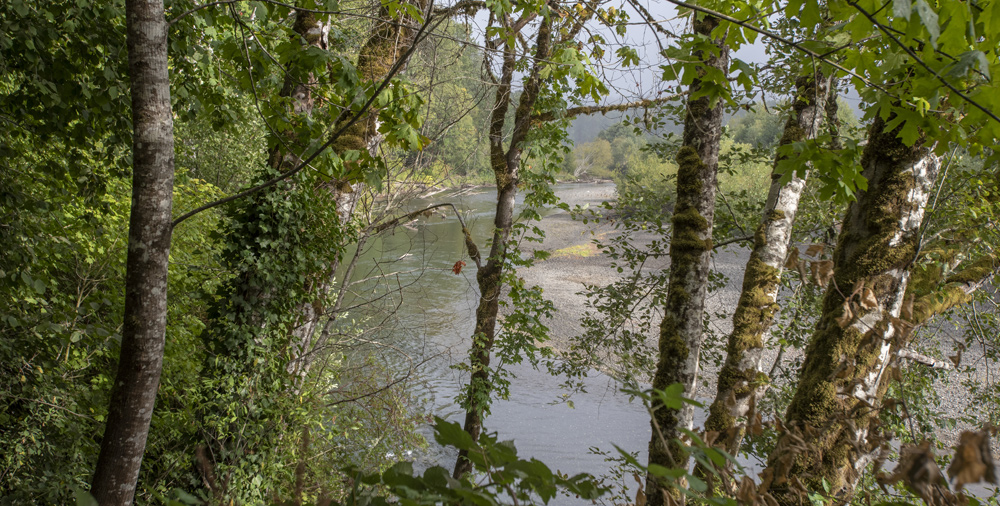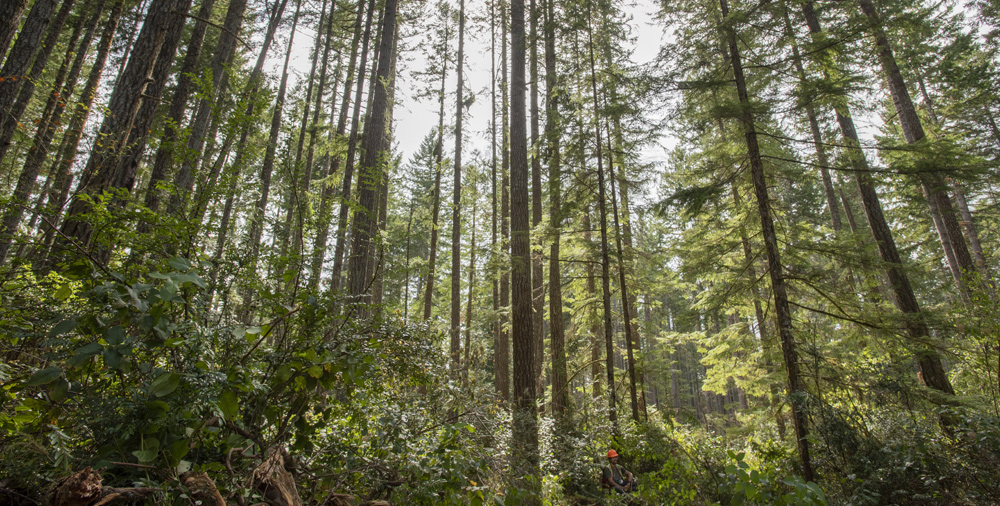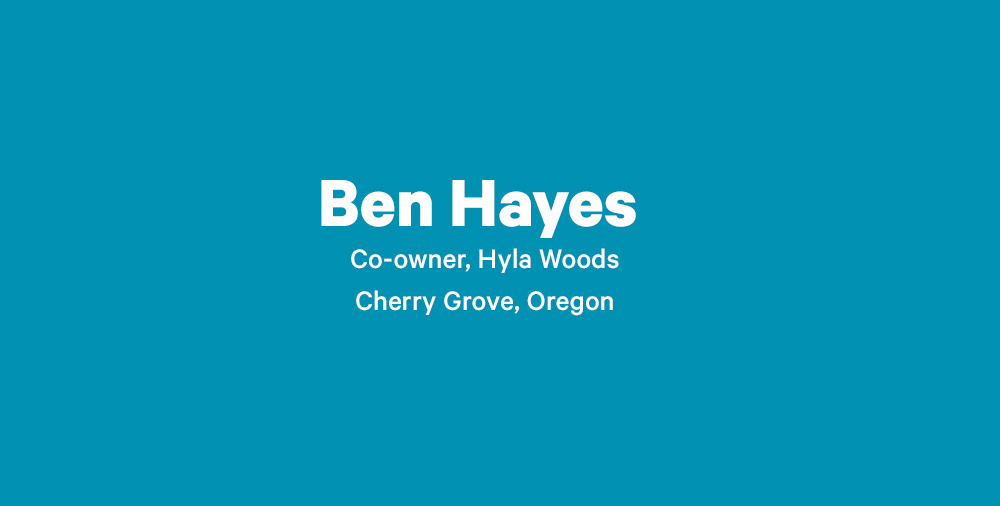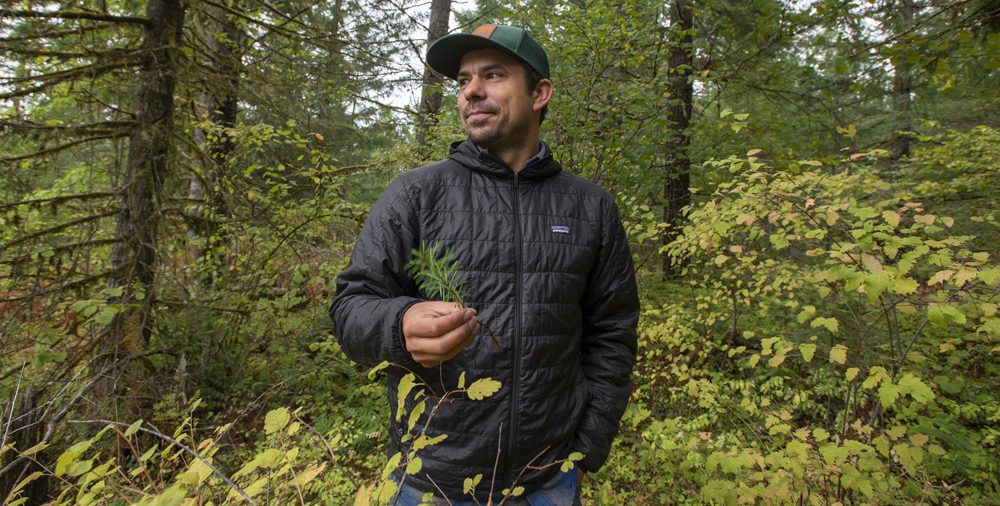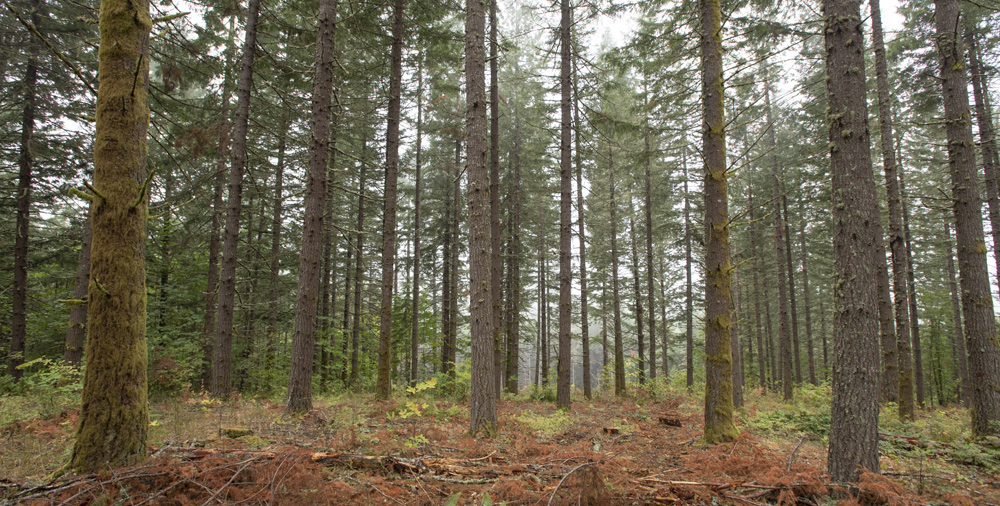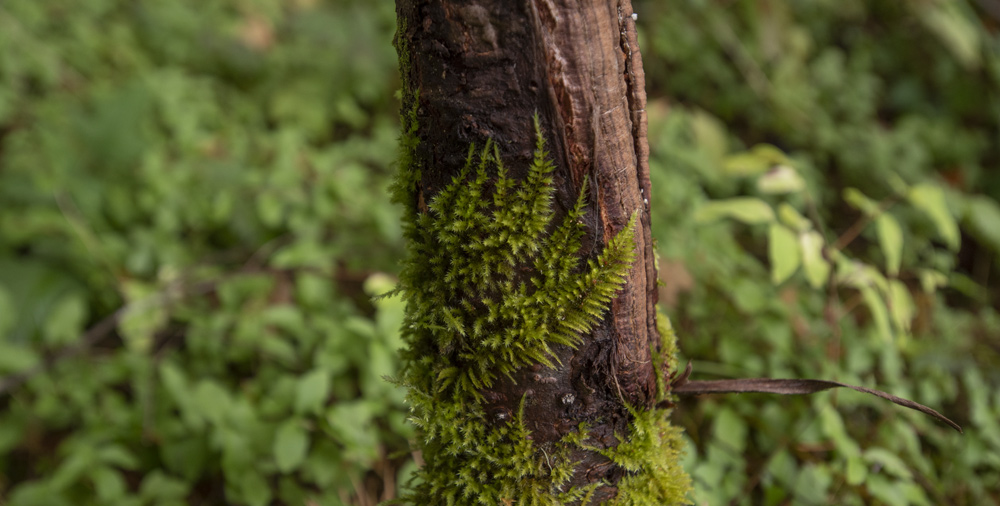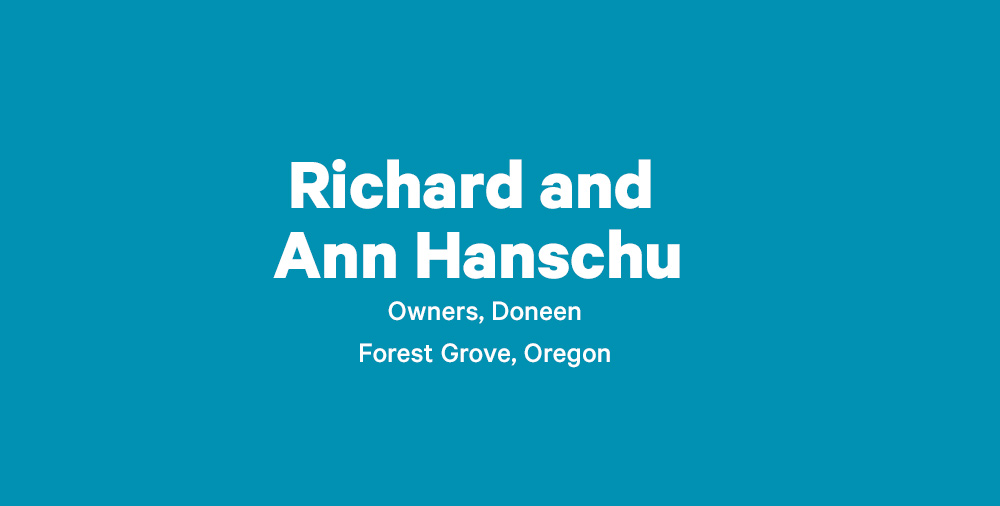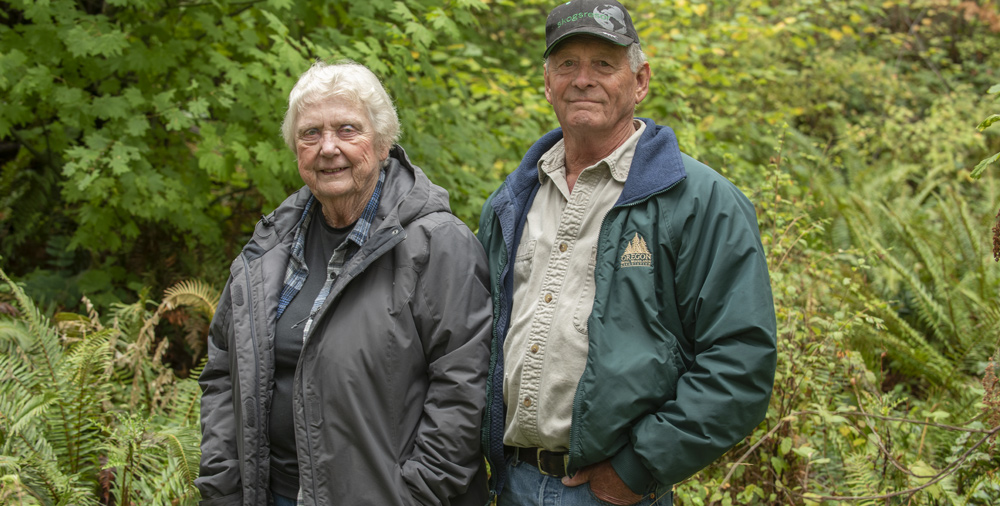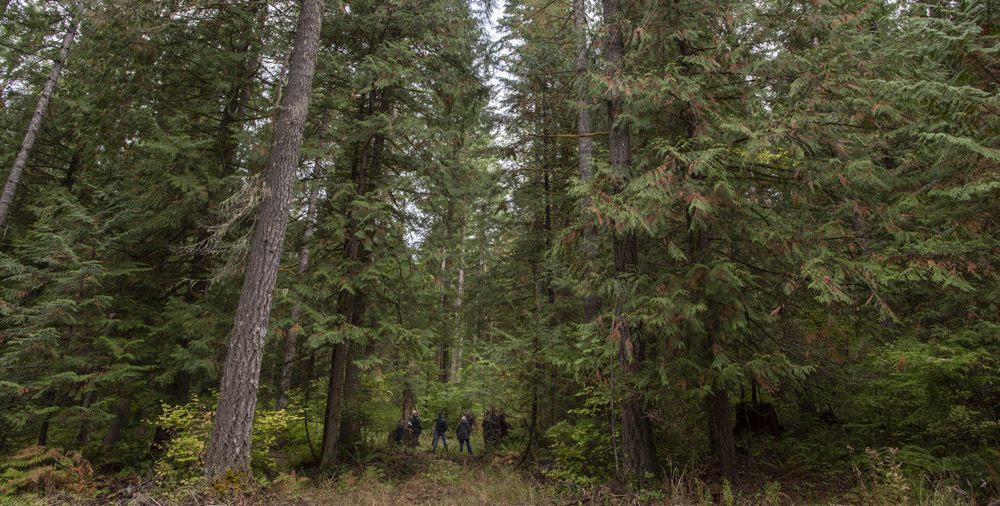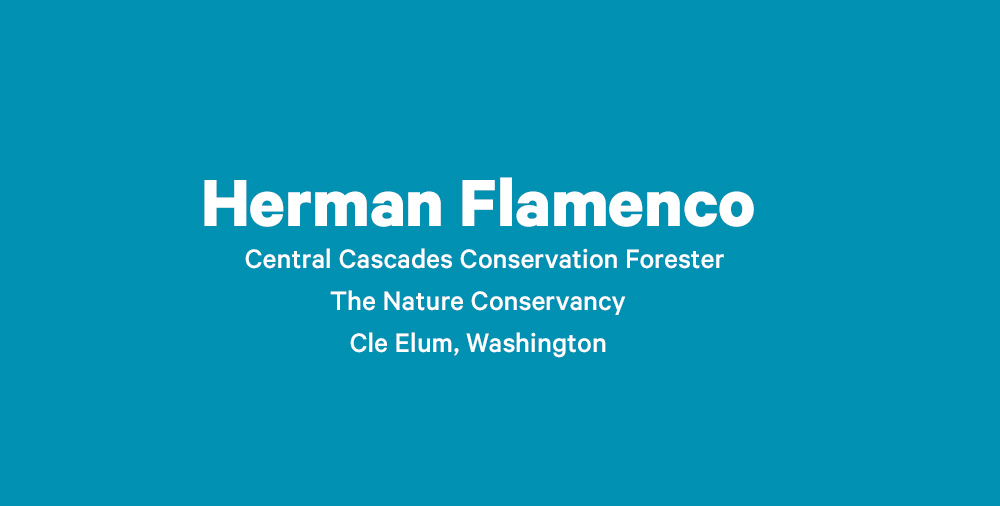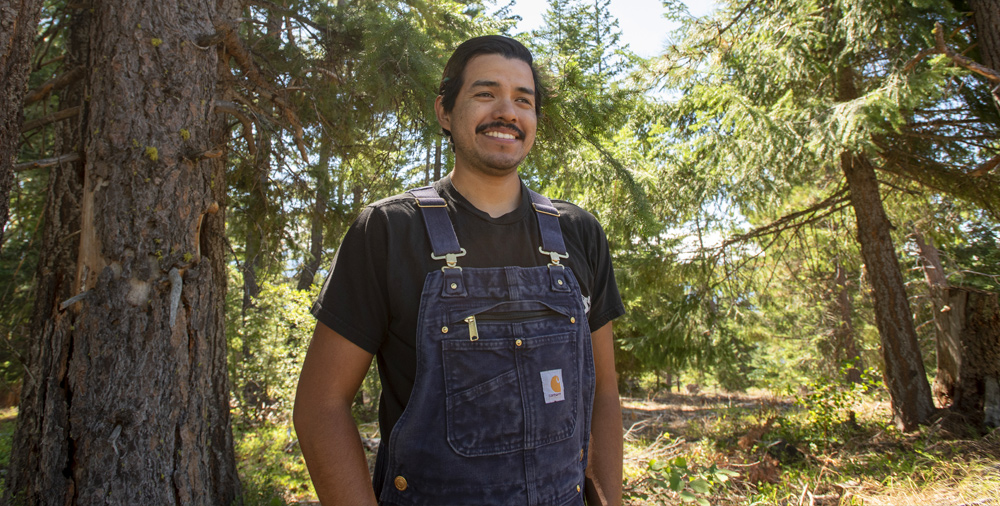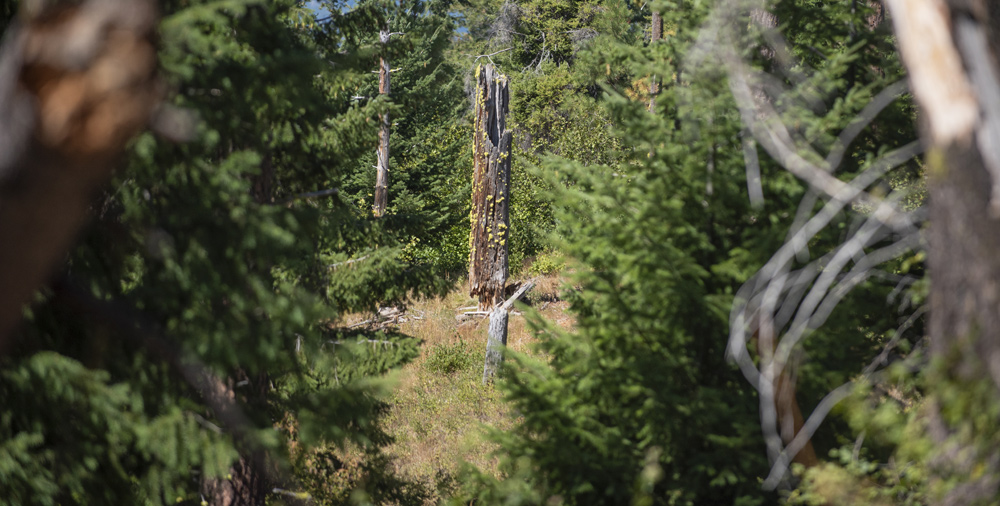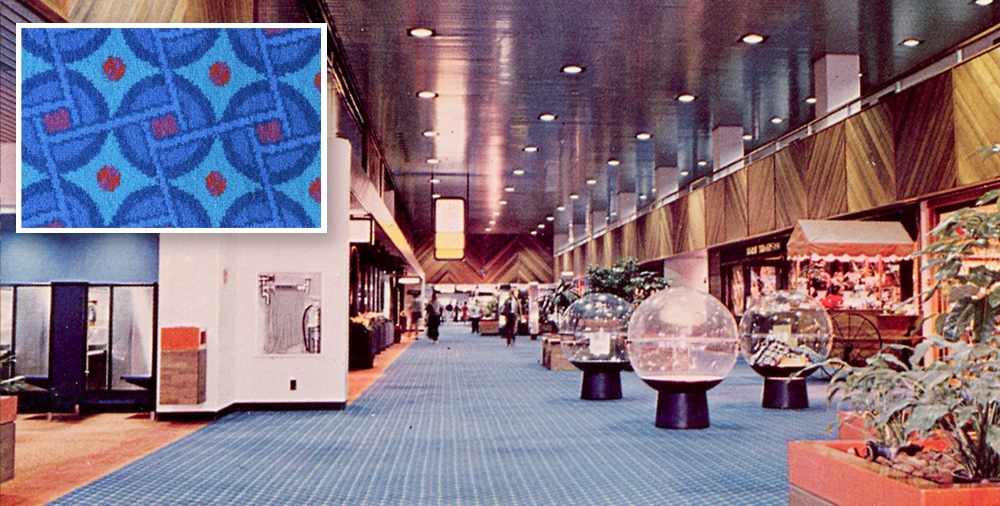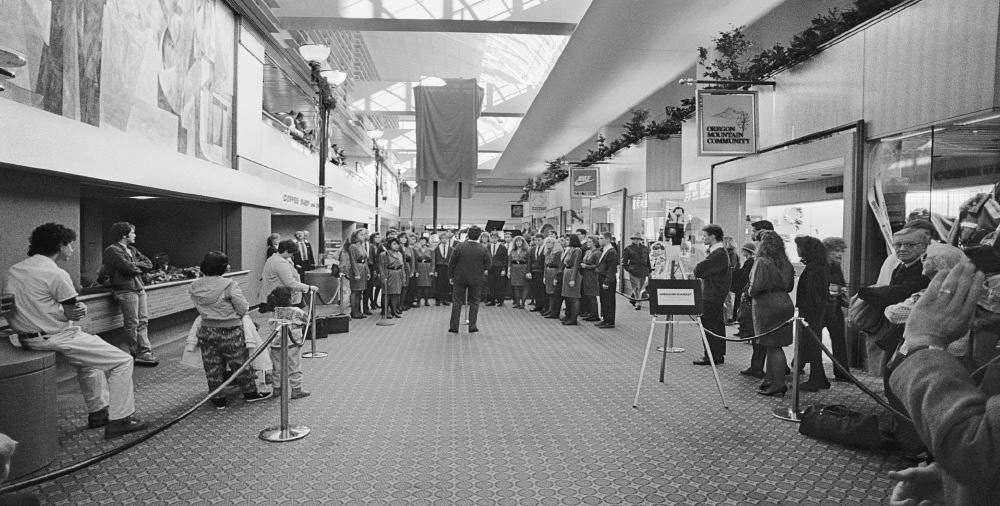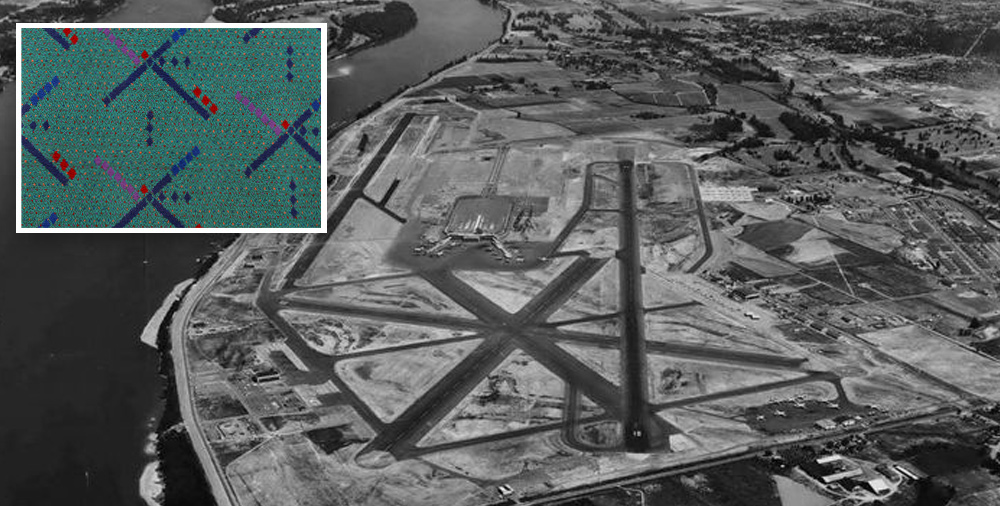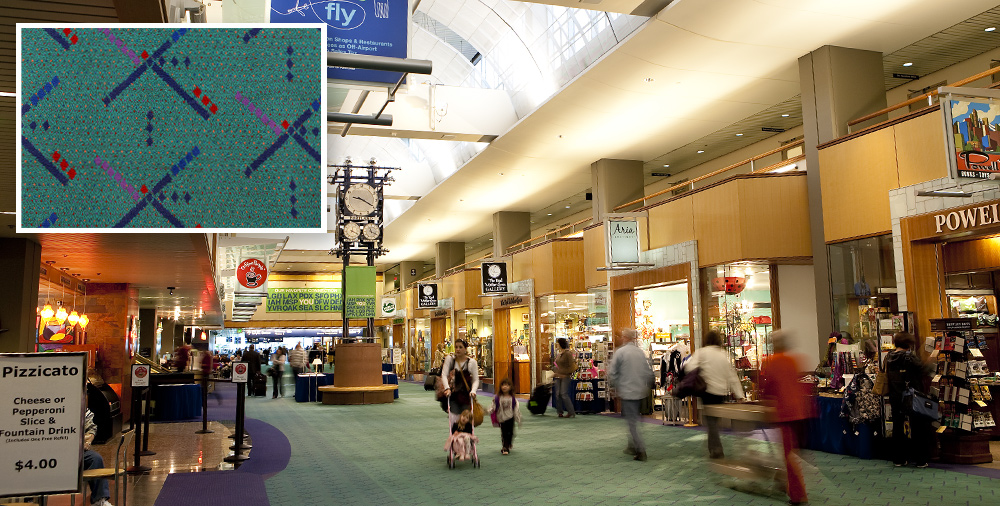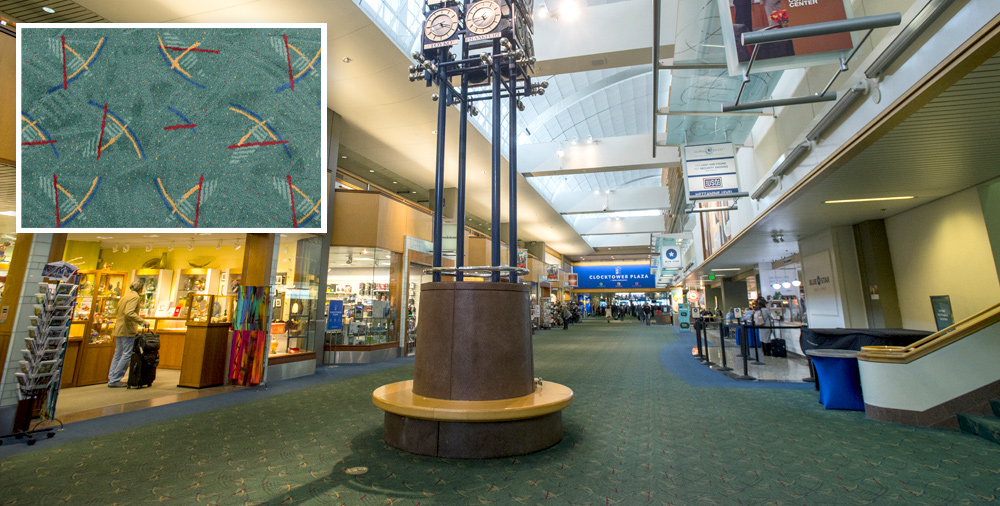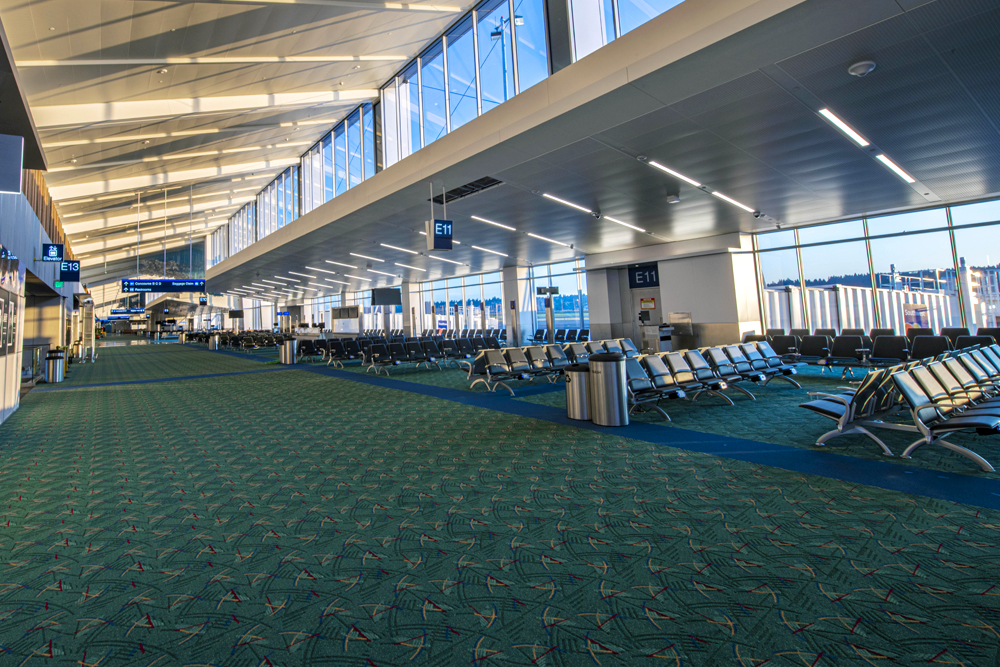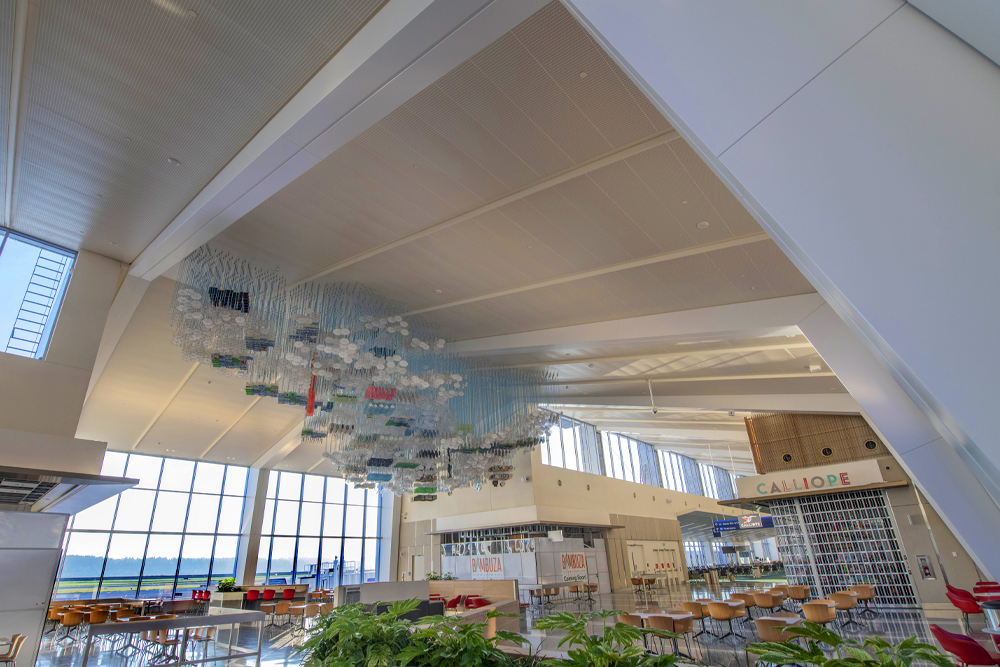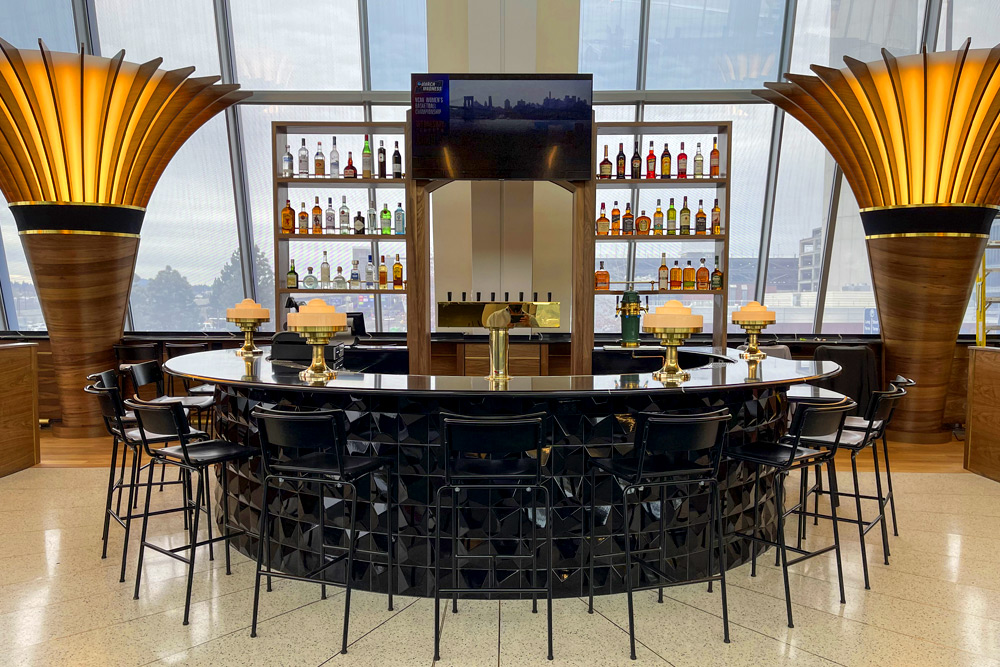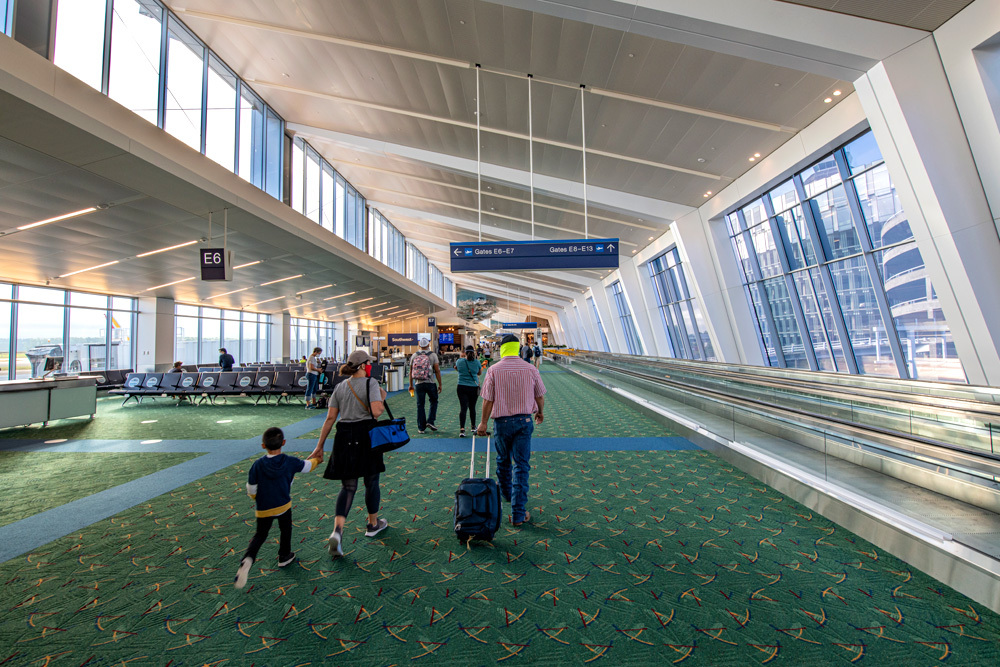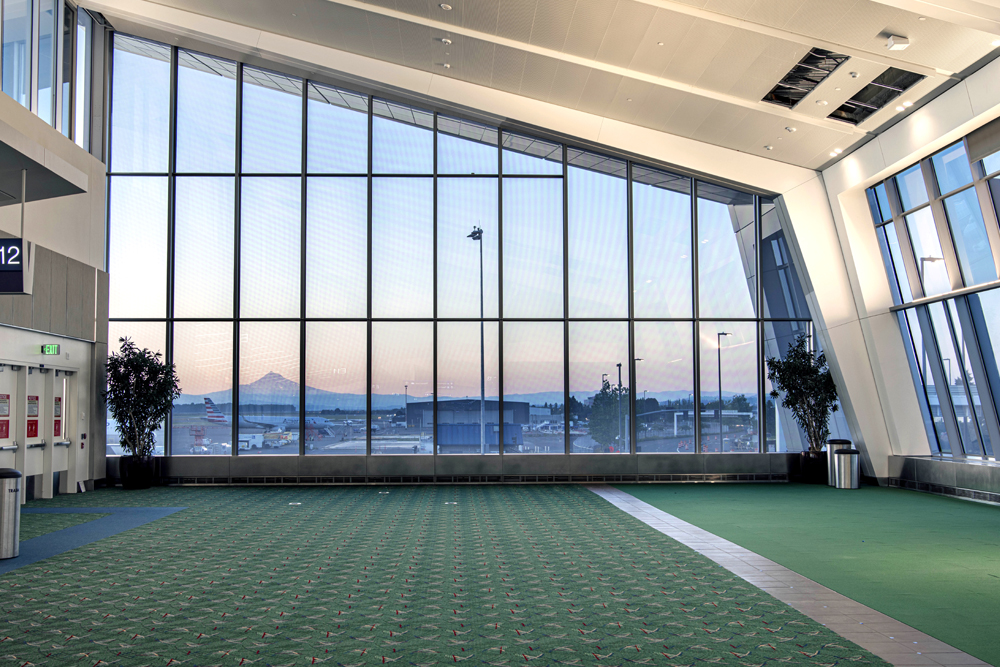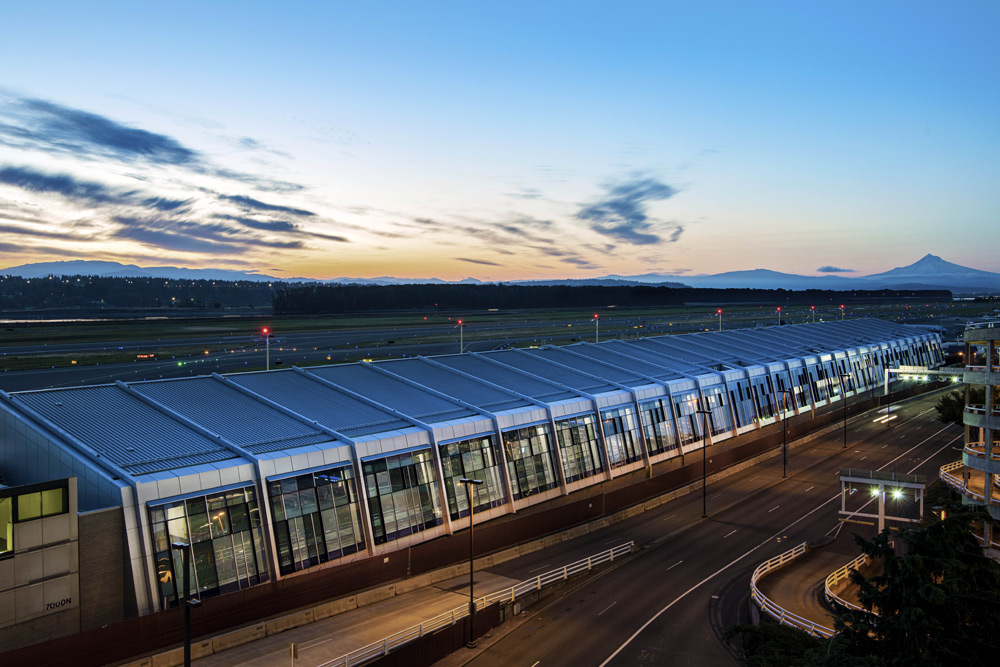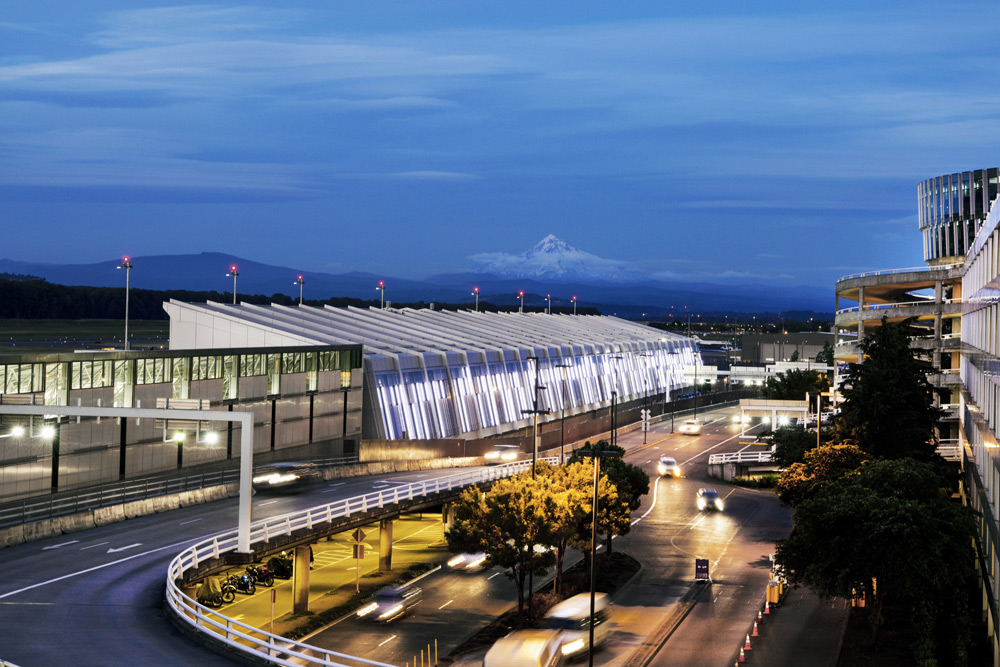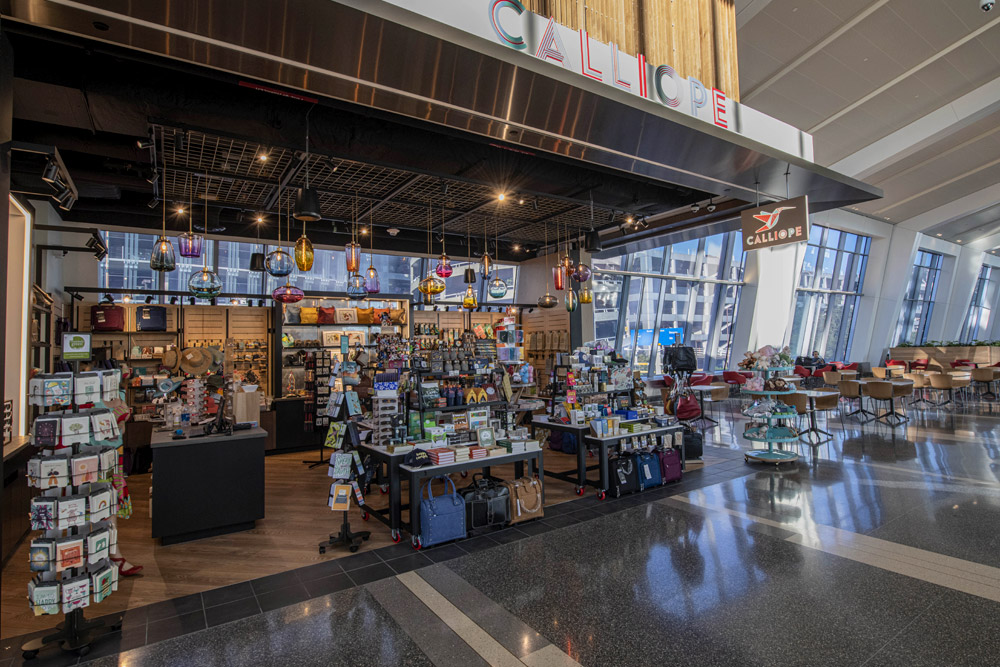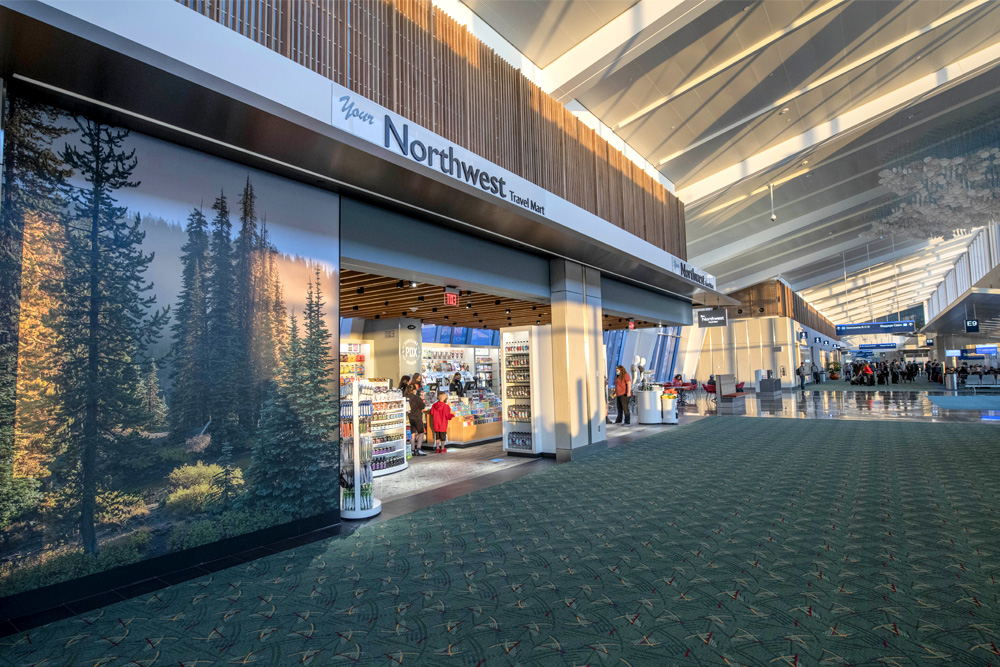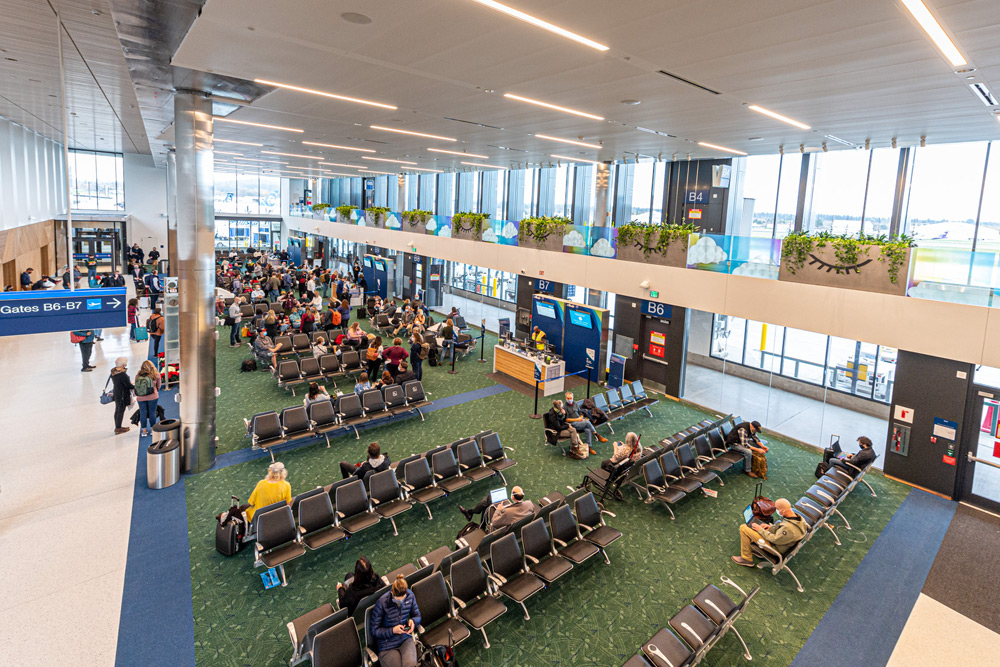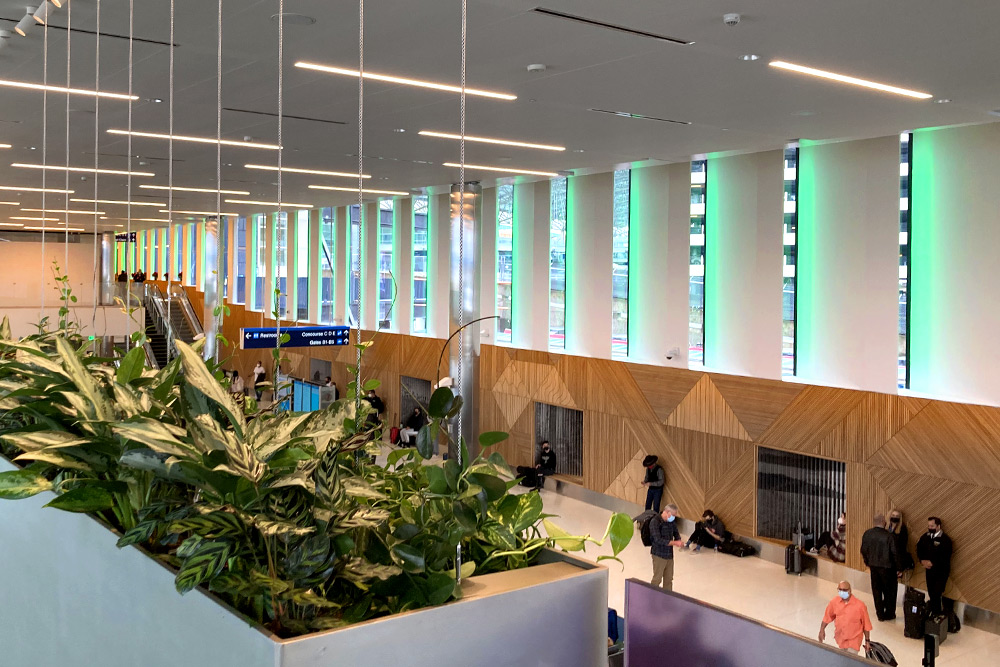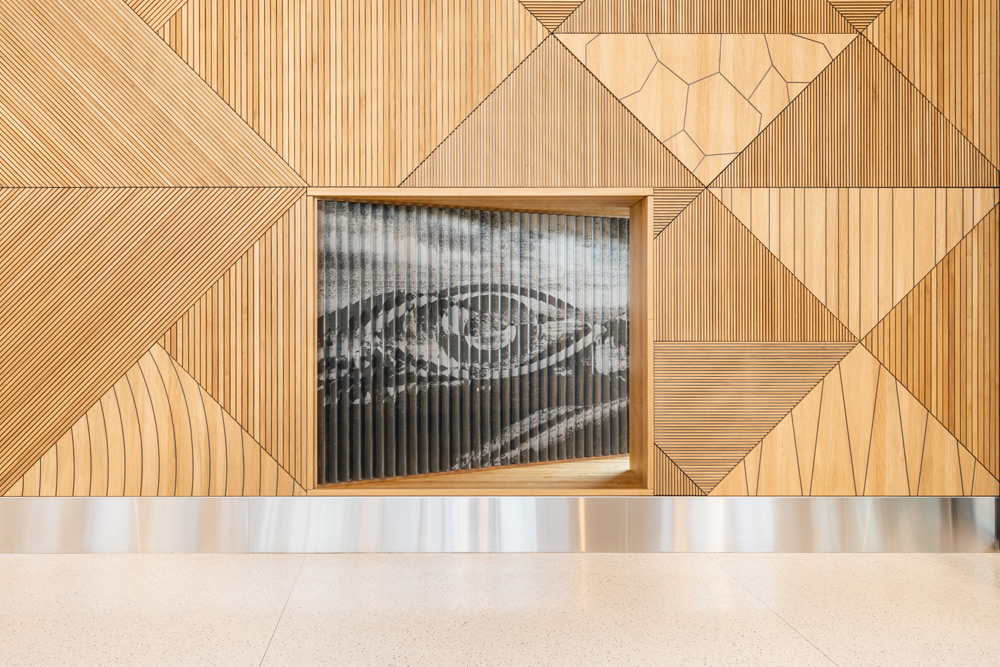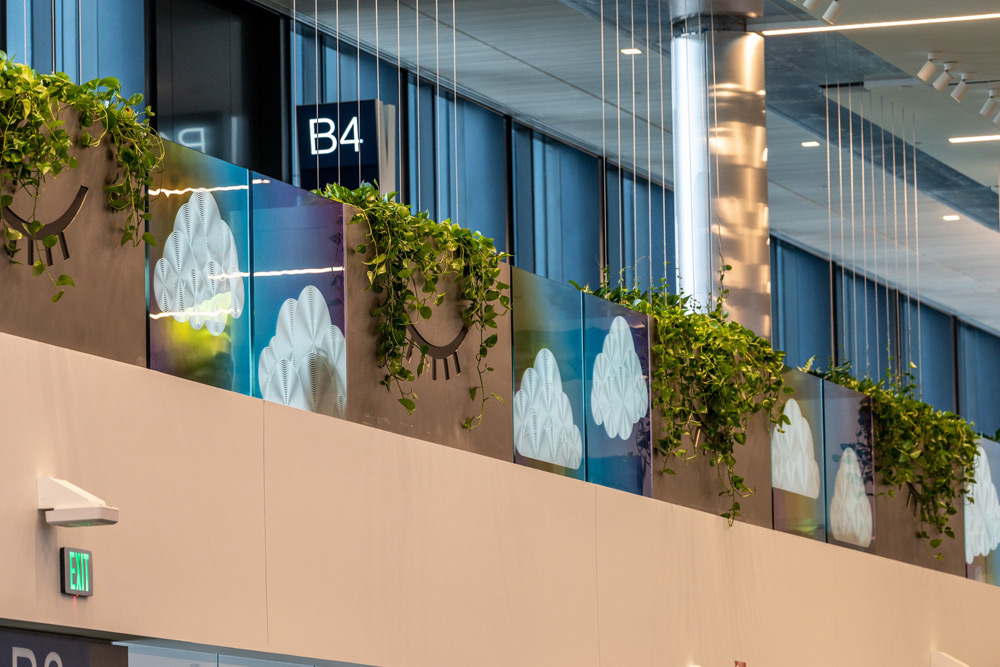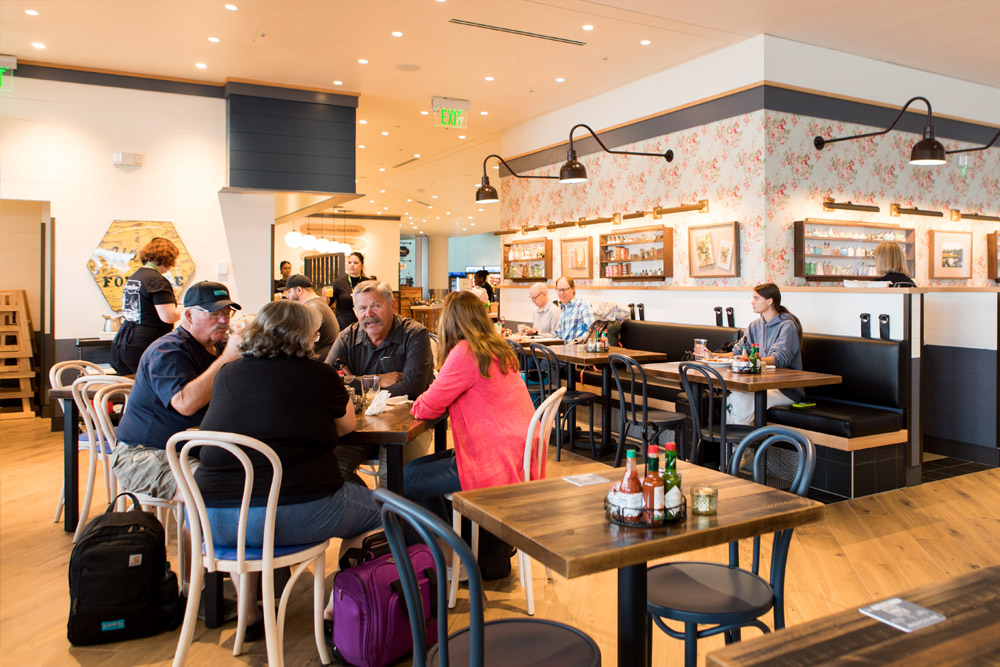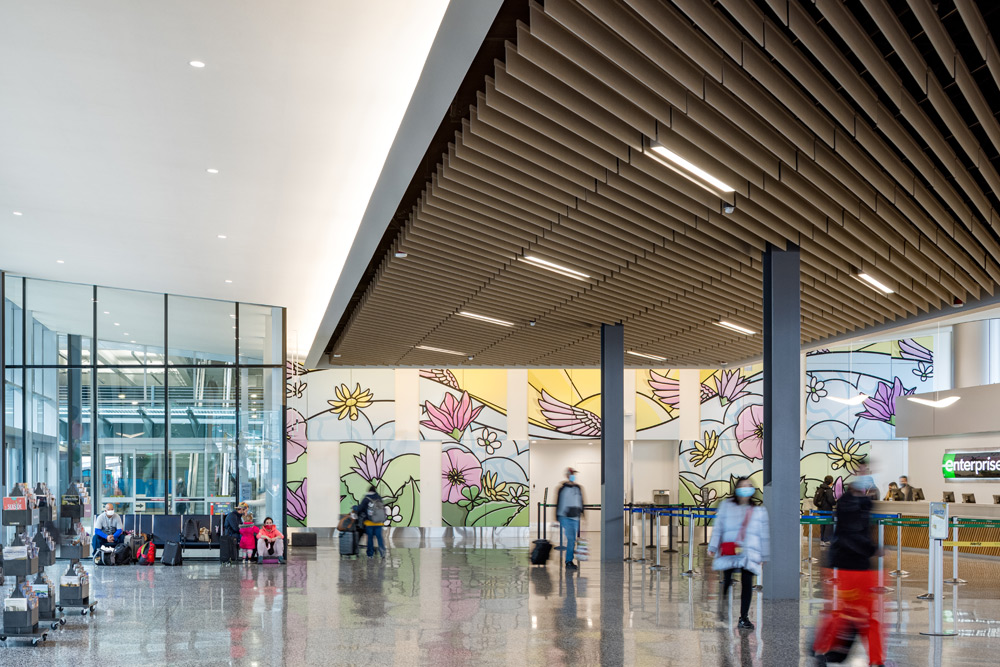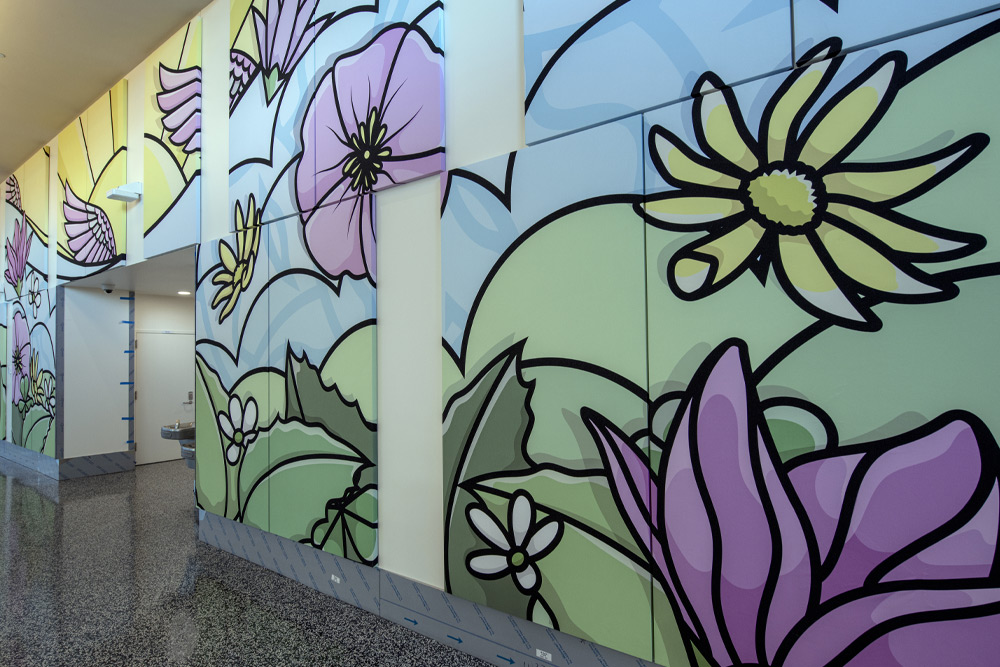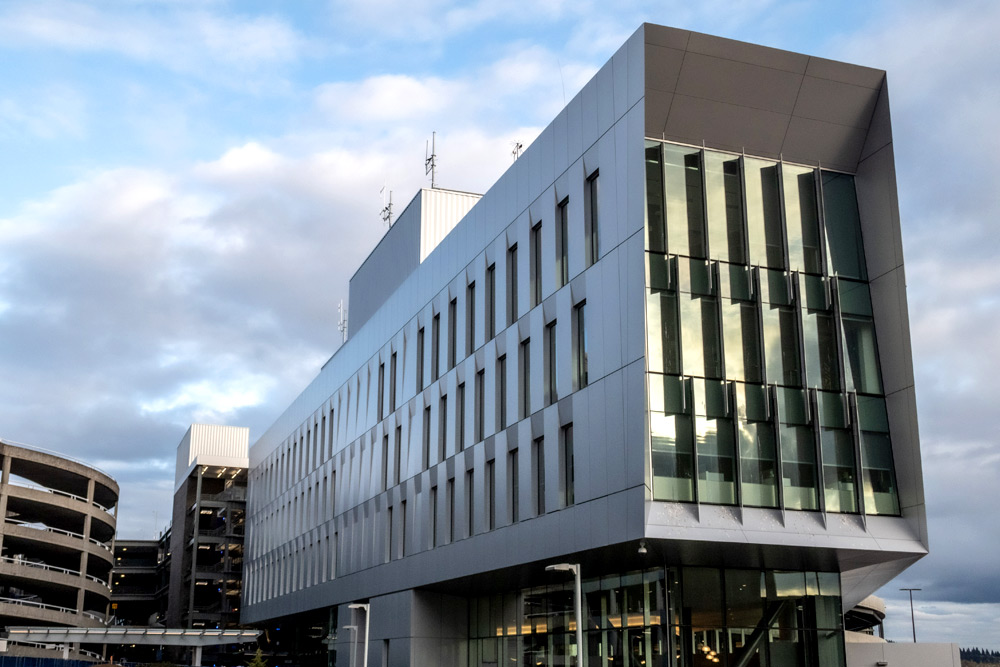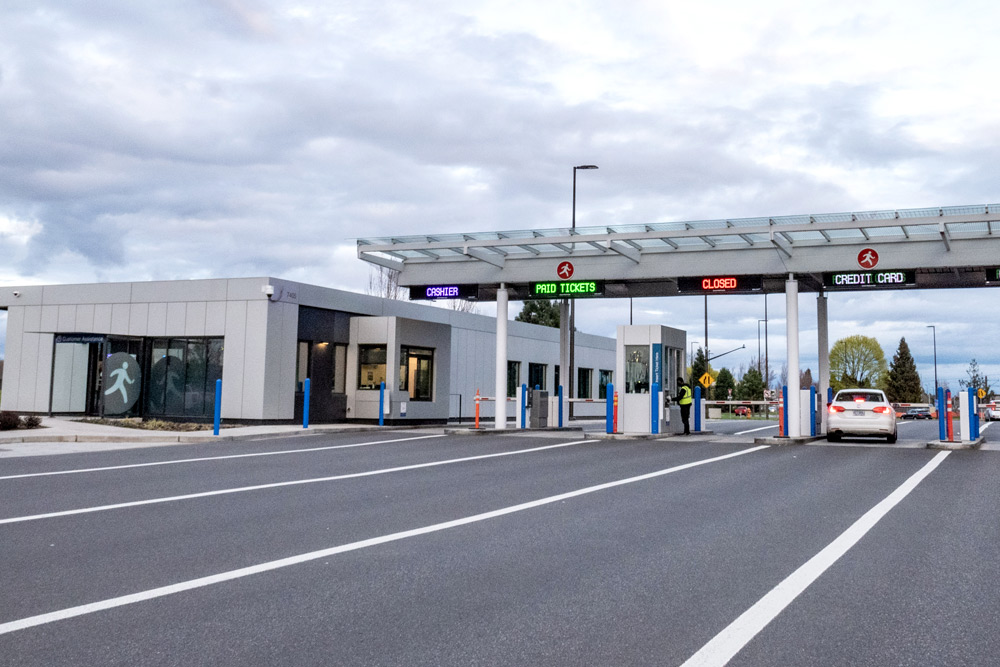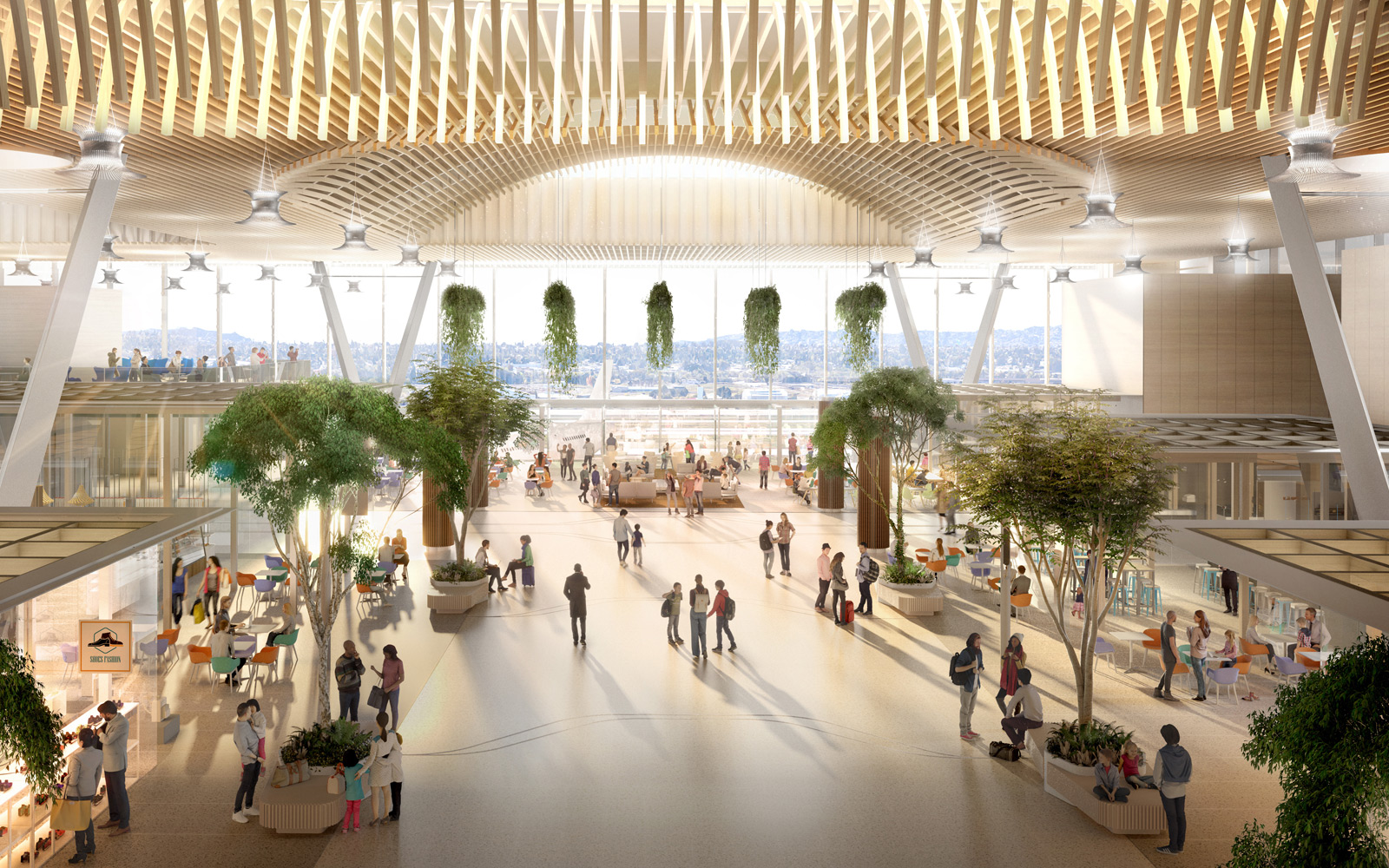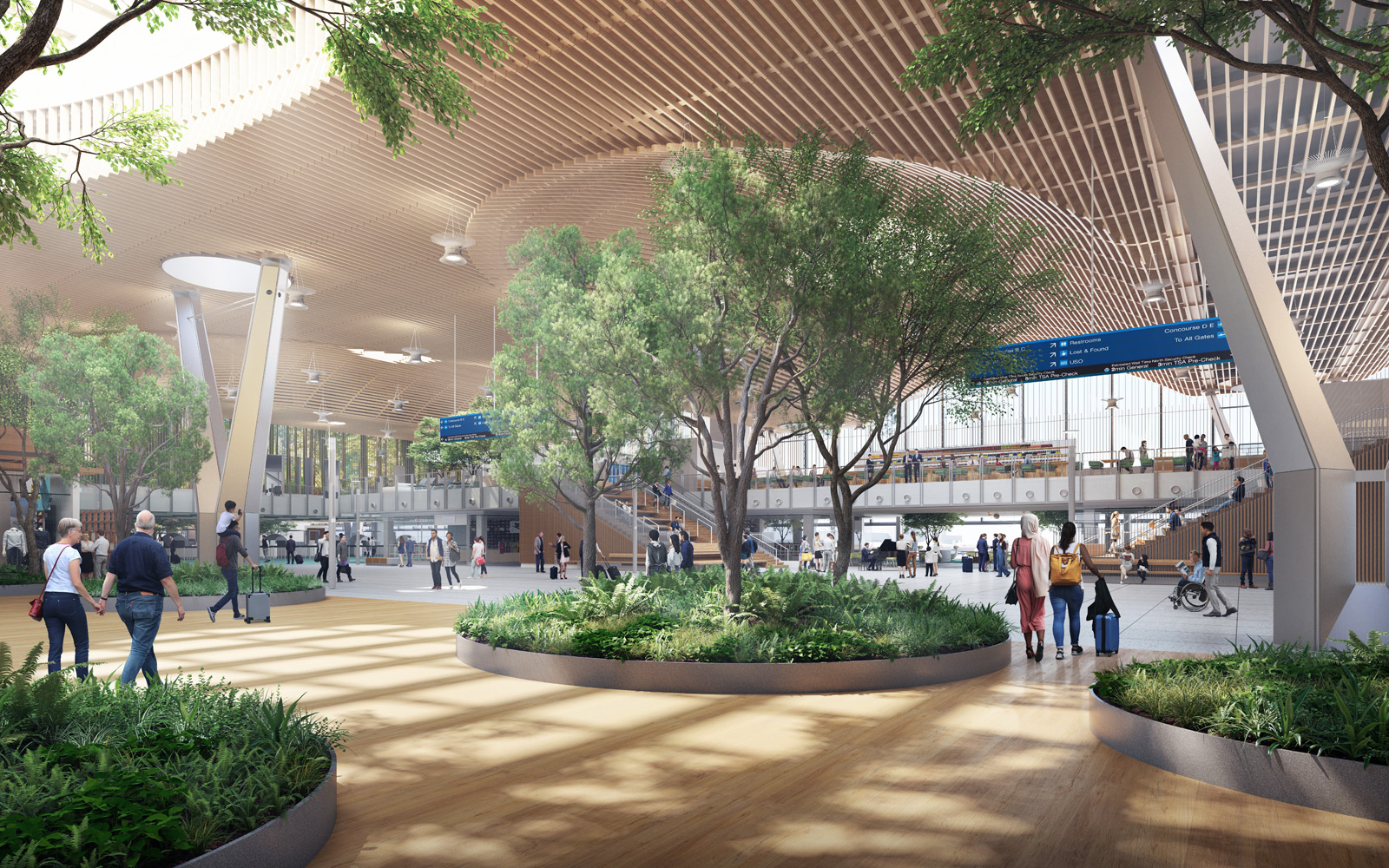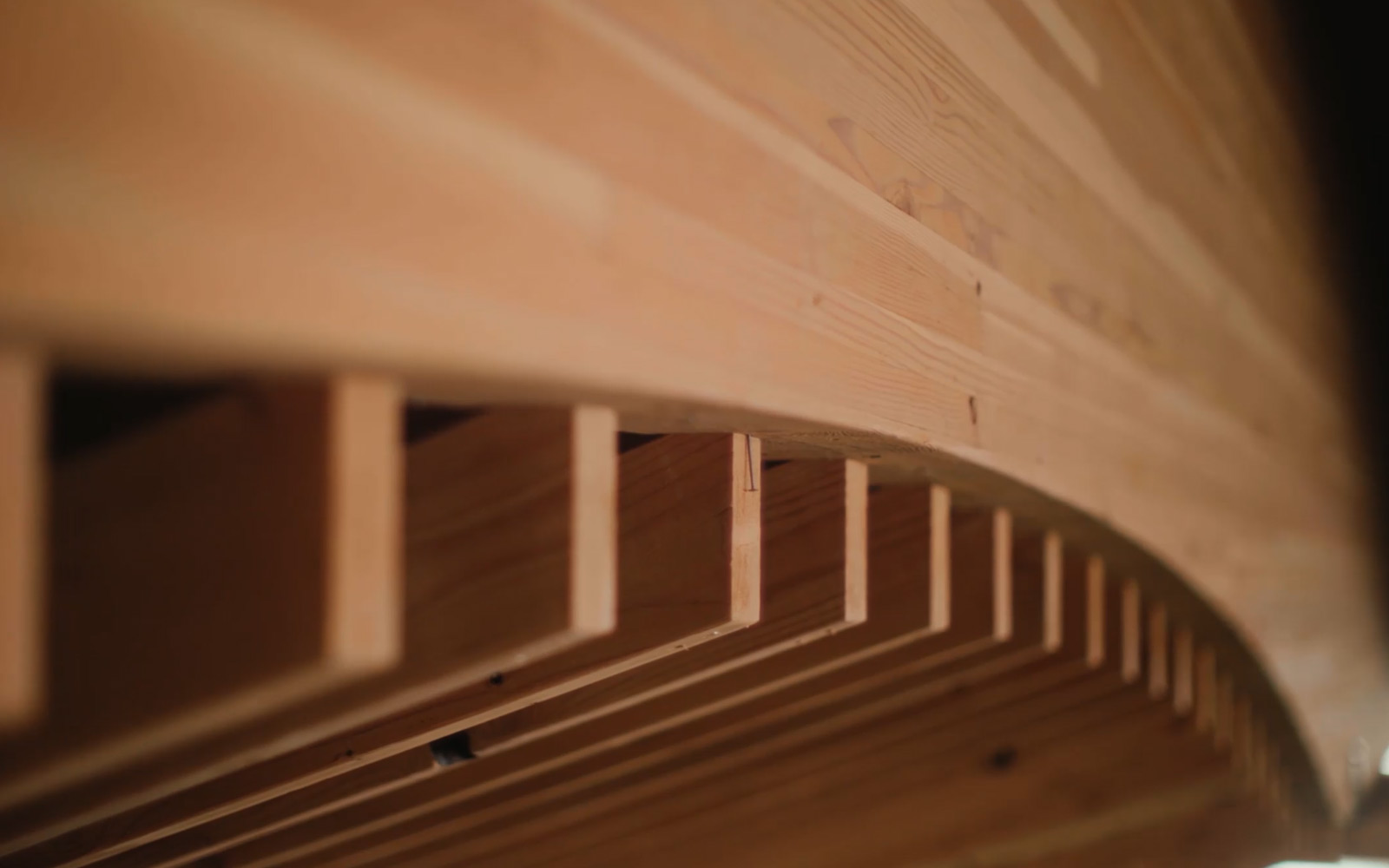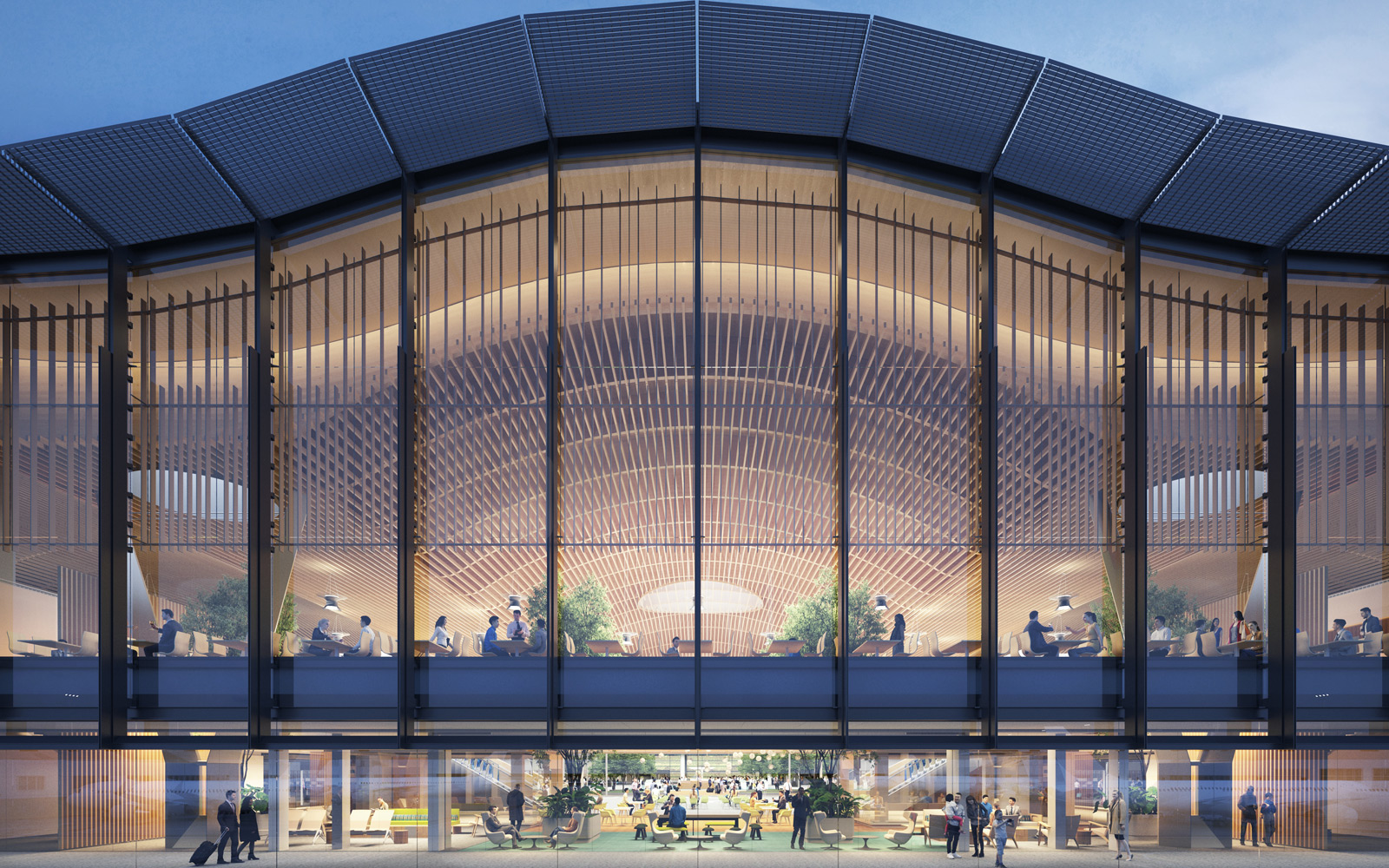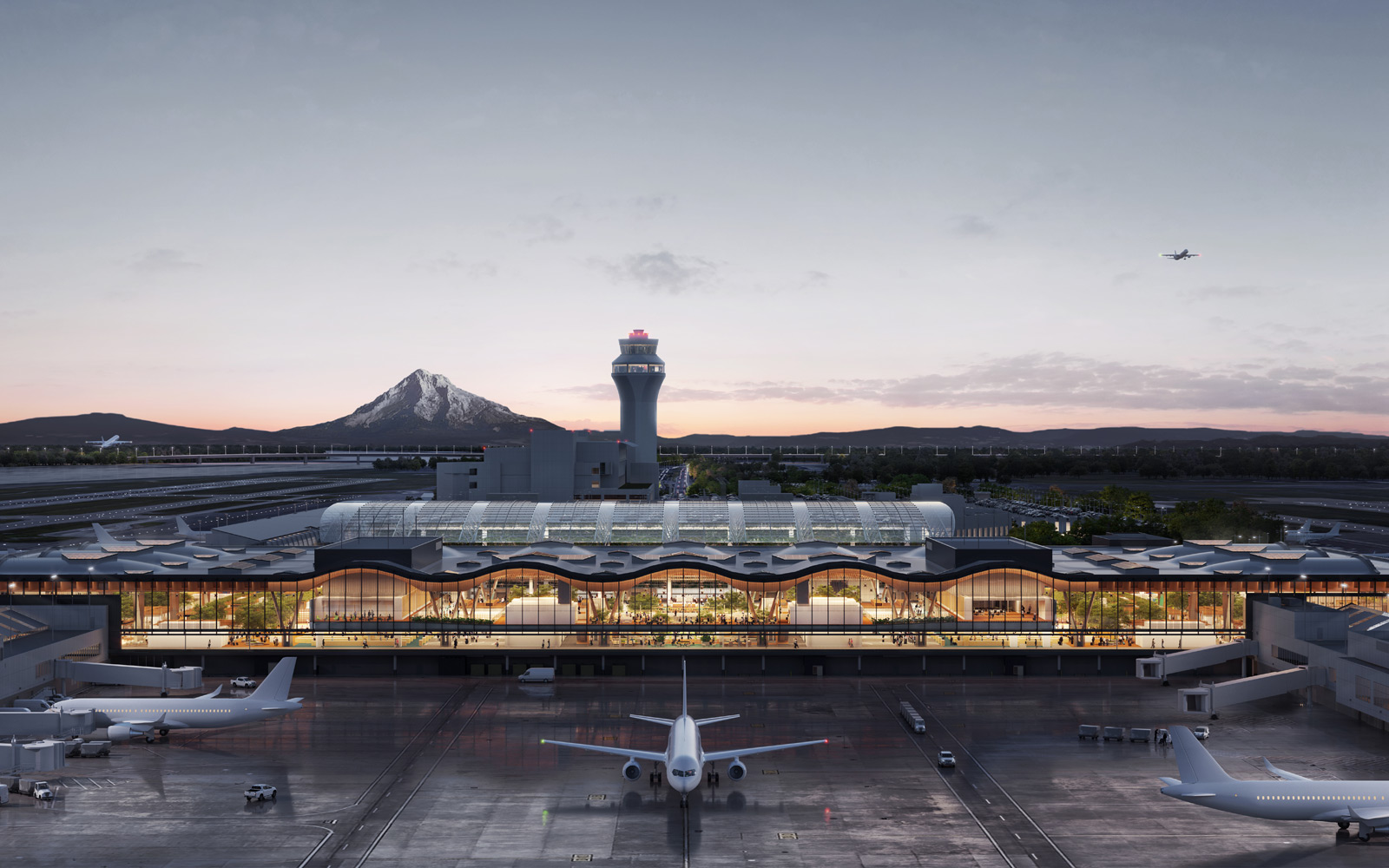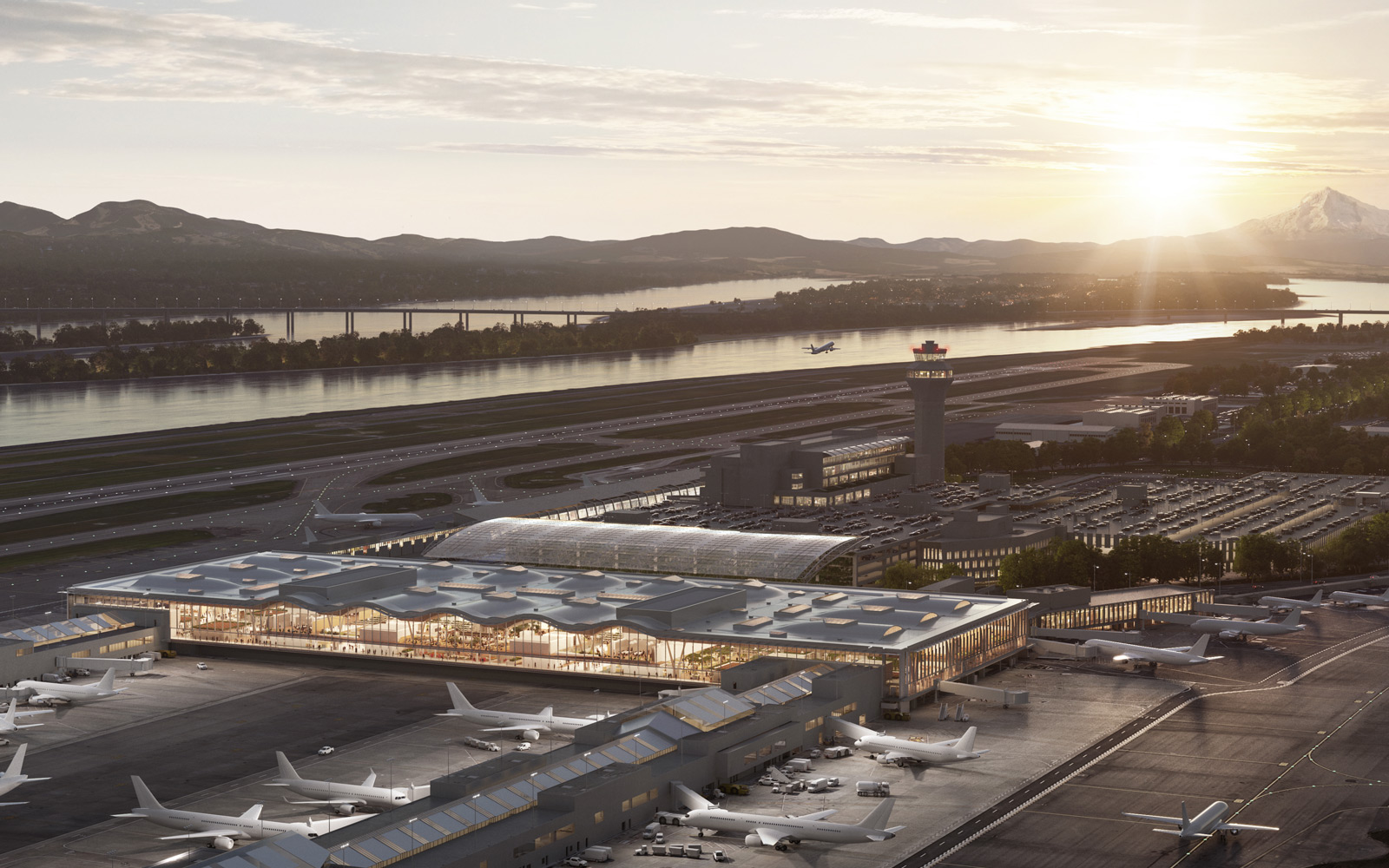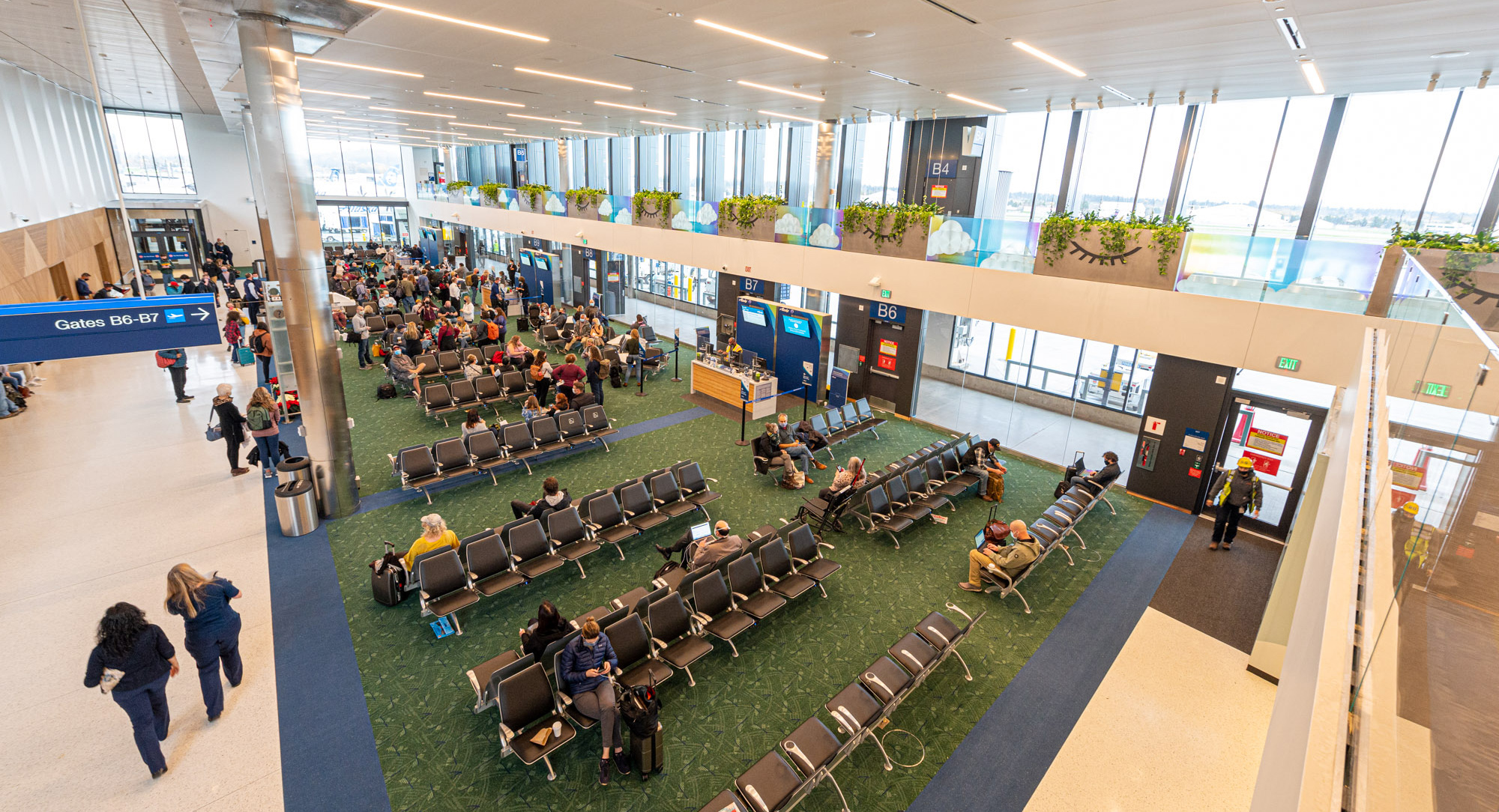

Quick update: This article was written in 2021. Want to read more about the new PDX?
Two years ago, PDX demolished Concourse A to replace it with a bigger, brighter one. This December, we're ready to say hello to Concourse B. Ten new gates for Alaska Airlines and Horizons Air flights. Great views. Some of Portland's best food and drinks. Whether you're flying to Boise or Bend, B is sure to make your trip more comfortable.
You don't have to buy a ticket (yet) to take a tour of B. We've put together this virtual tour of the features of B we're most excited to greet:
Much More to See—Outdoors and Inside
Concourse B's 38-foot-high ceilings and 6,900 square feet of south-facing windows don't just let light in — they let you watch the airport in action: Your plane nosing up to your gate. Luggage handlers rushing your bags to meet you.
"I think this airport gave us a chance to celebrate the romance of flight," says Gene Sandoval, design partner at ZGF, the architecture firm that designed the new concourse.
But the view isn't only out the windows. Inspired by the Pacific Northwest, ZGF brought the natural world indoors. The plants hanging from the ceiling, the Oregon white-oak wood on the walls and ceiling, the nature graphics next to the bathroom — you can contemplate them as you relax in B's comfy new seats (with power adapters!).
RYAN! Feddersen's Inspiring New Art

RYAN! Feddersen's new artwork, located near the entrance to Concourse B, will probably catch a glimpse of you before you realize it’s gazing back. As you pass, you’ll see a large graphic eye appear in the engraved steel portraits of some of Oregon’s most scenic places — an optical illusion known as a "lenticular portrait."
The Tacoma artist, an enrolled member of the Confederated Tribes of the Colville Reservation, created three interactive elements for "Inhabitance": the lenticular portraits, which she calls "The Sentinels"; the "Cloud Walk," a rainbow-dappled sky with shimmering glass clouds; and "Habitat Tiles," patterns symbolizing different biomes.
"The inclusion of RYAN! Feddersen’s work as part of the airport’s permanent art collection at Concourse B is truly transformational!" says Lulani Arquette, president and CEO of the Native Arts and Cultures Foundation. "I hope that 'Inhabitance' helps illuminate her voice in a myriad of ways, and causes travelers to respect and celebrate this place, the lands, and its Native peoples."
For more information about RYAN!'s new work, read our Q&A with her as she was preparing to install the work.
Great Food + Coffee

Portlanders love Screen Door Restaurant for its chicken and waffles and its warm welcome. Come spring 2022, you'll find Nicole and David Mouton's popular restaurant at PDX, thanks to a partnership with HMSHost. Order your brunch favorites at any time of day, or if you're passing through B in the evening, stop by for dinner specials, all of which shine with the Moutons' South-meets-Northwest flair.
"We're excited to have the opportunity to welcome travelers from near and far to Portland," says Dan Grill, Screen Door's executive chef. "It’s our goal to offer the traveling public a chance to start or end their next adventure with a delicious meal in a beautiful space."
Right below Screen Door's mezzanine location, you'll soon find another Portland favorite: Good Coffee. Brothers Sam and Nick Purvis buy small lots of coffee beans from farmers around the world. They're teamed up with local pastry chefs to bake breakfast sandwiches, cookies, and pastries highlighting local fruit. Whether you're grabbing a drip coffee on your walk to your gate, or settling down for a lavender matcha latte while you watch the planes take off, add a bag of just-roasted coffee beans to your order to bring a little Portland with you to your destination.
To celebrate the opening of Concourse B, we've designed and printed a commemorative newspaper illustrated by local artists.
Download a PDF of the newspaper
